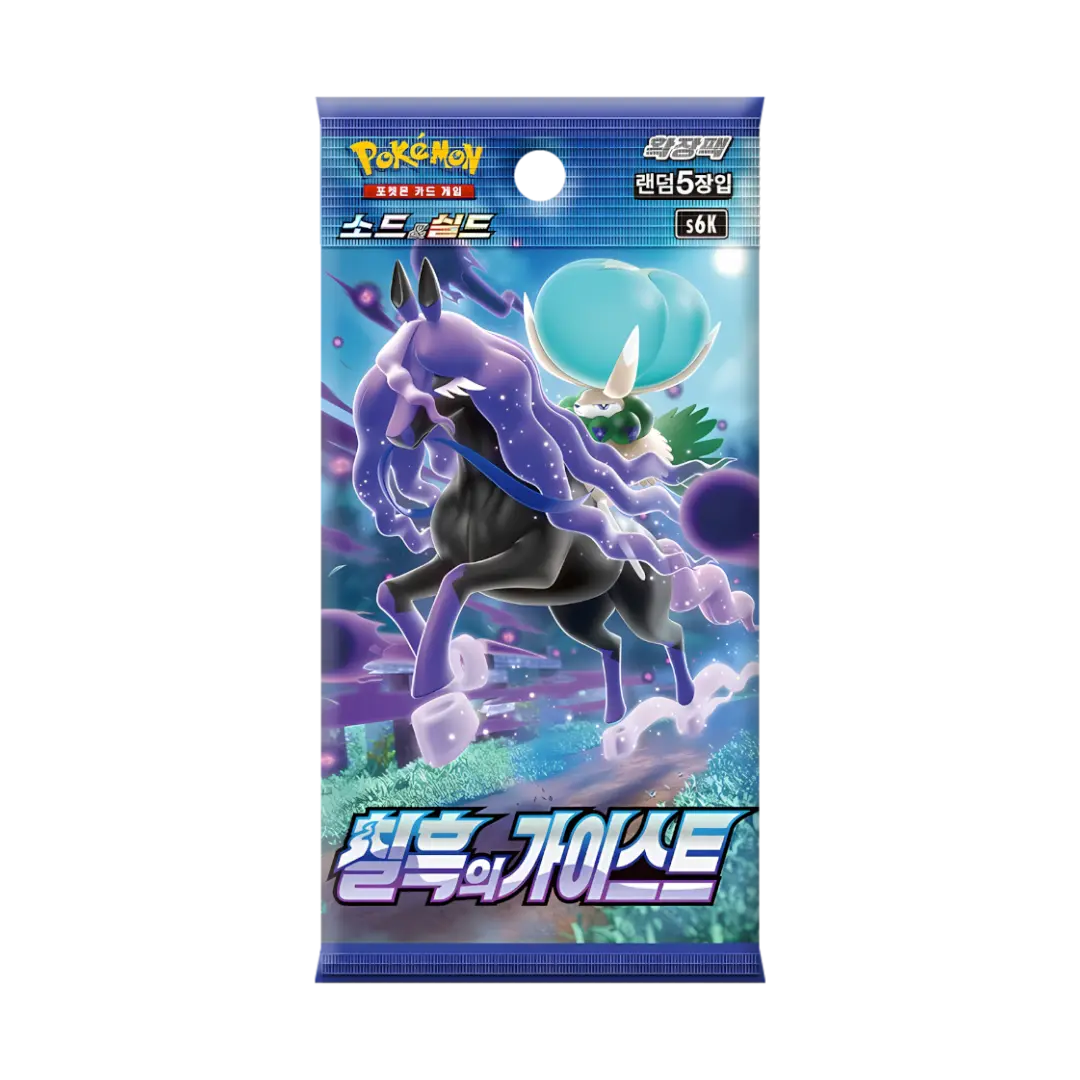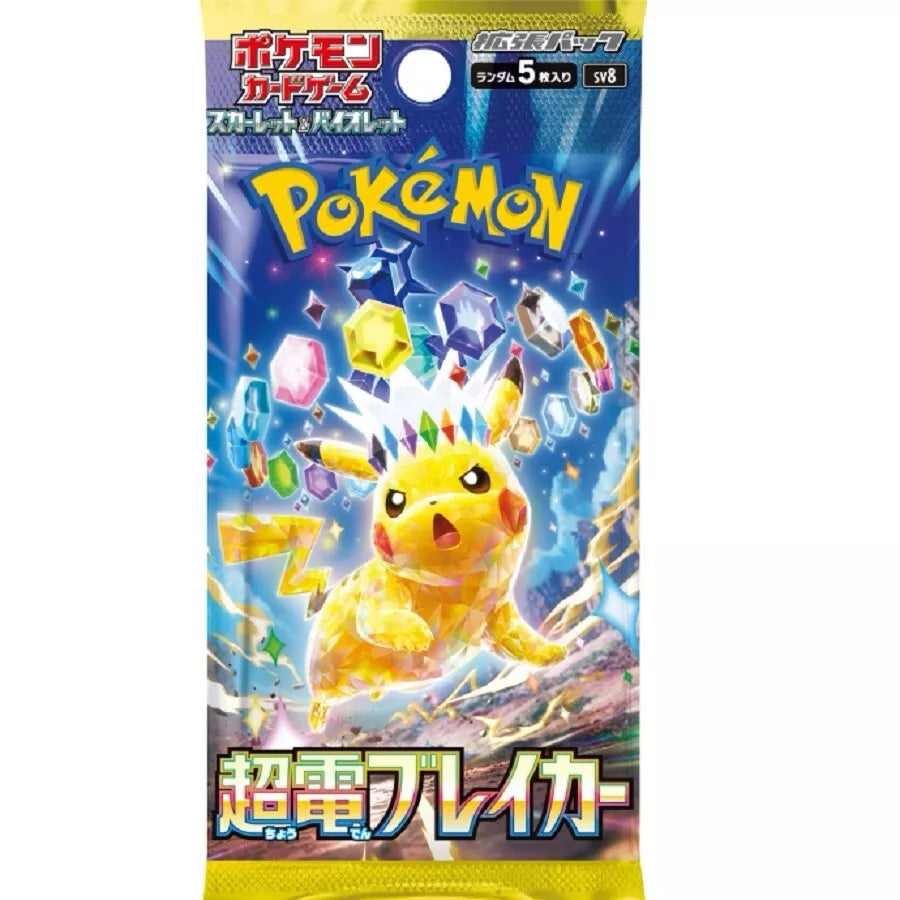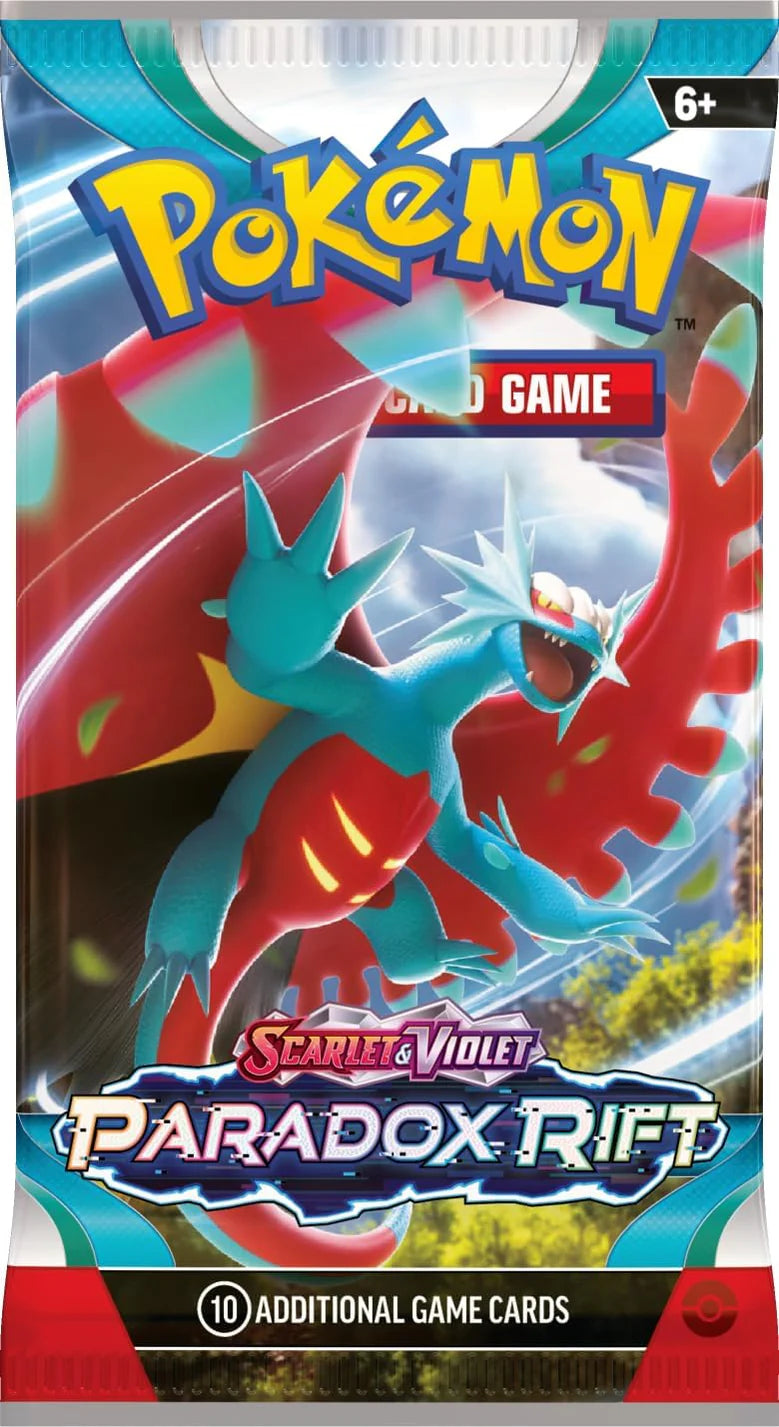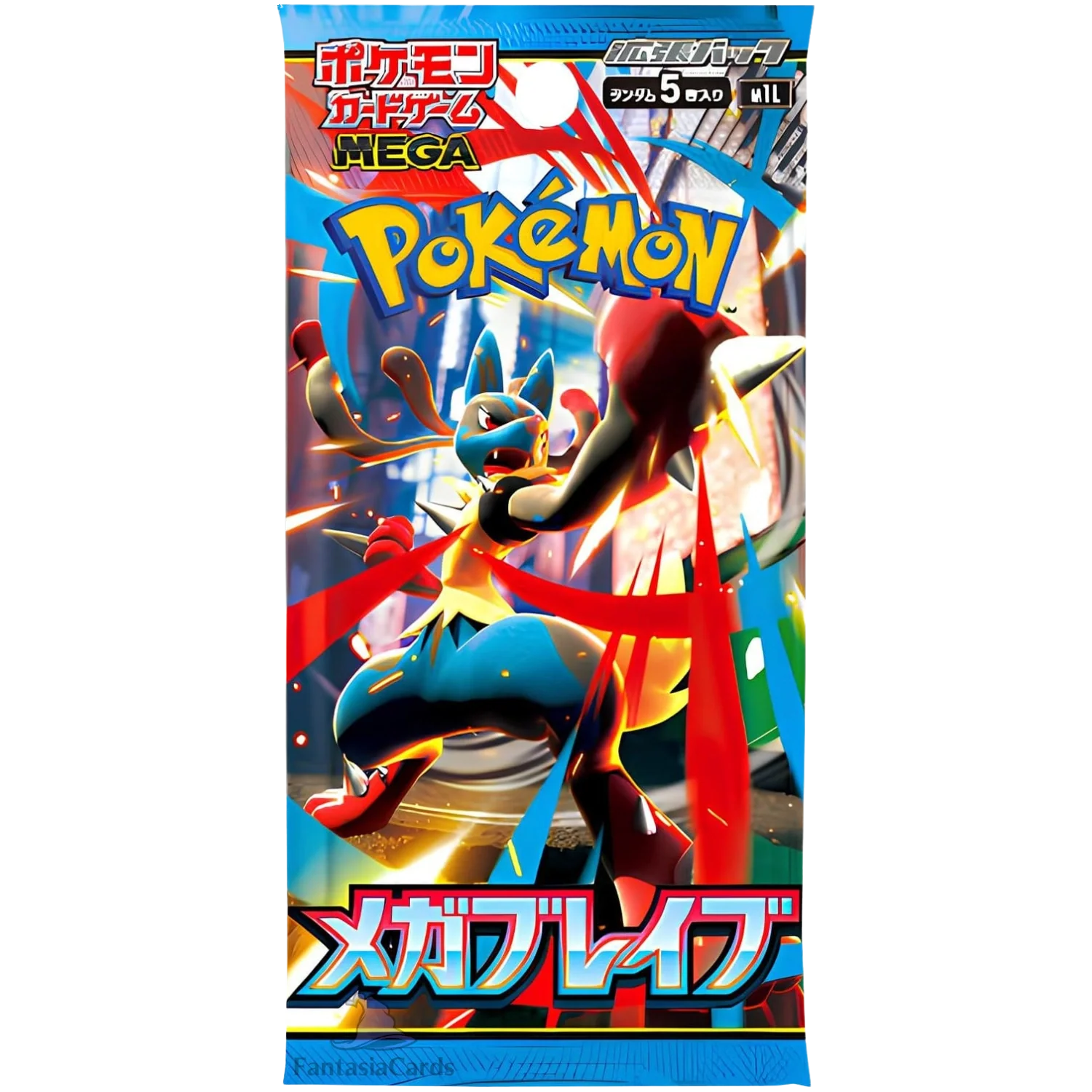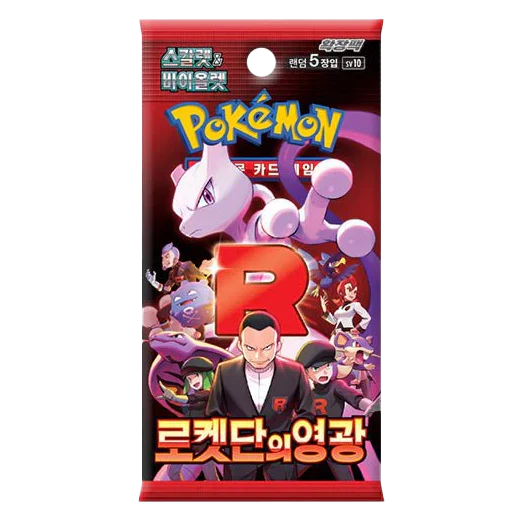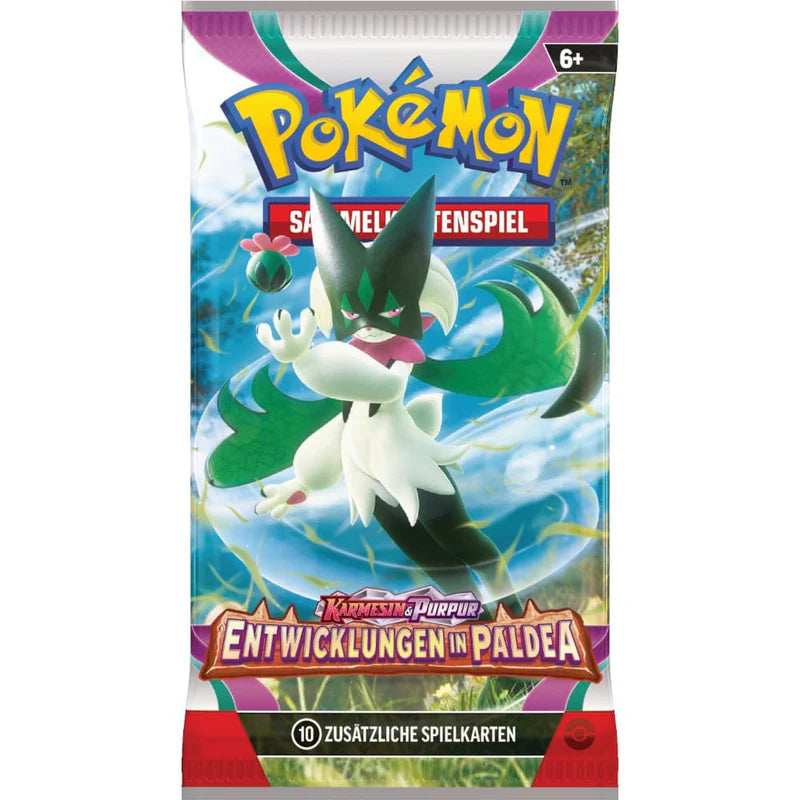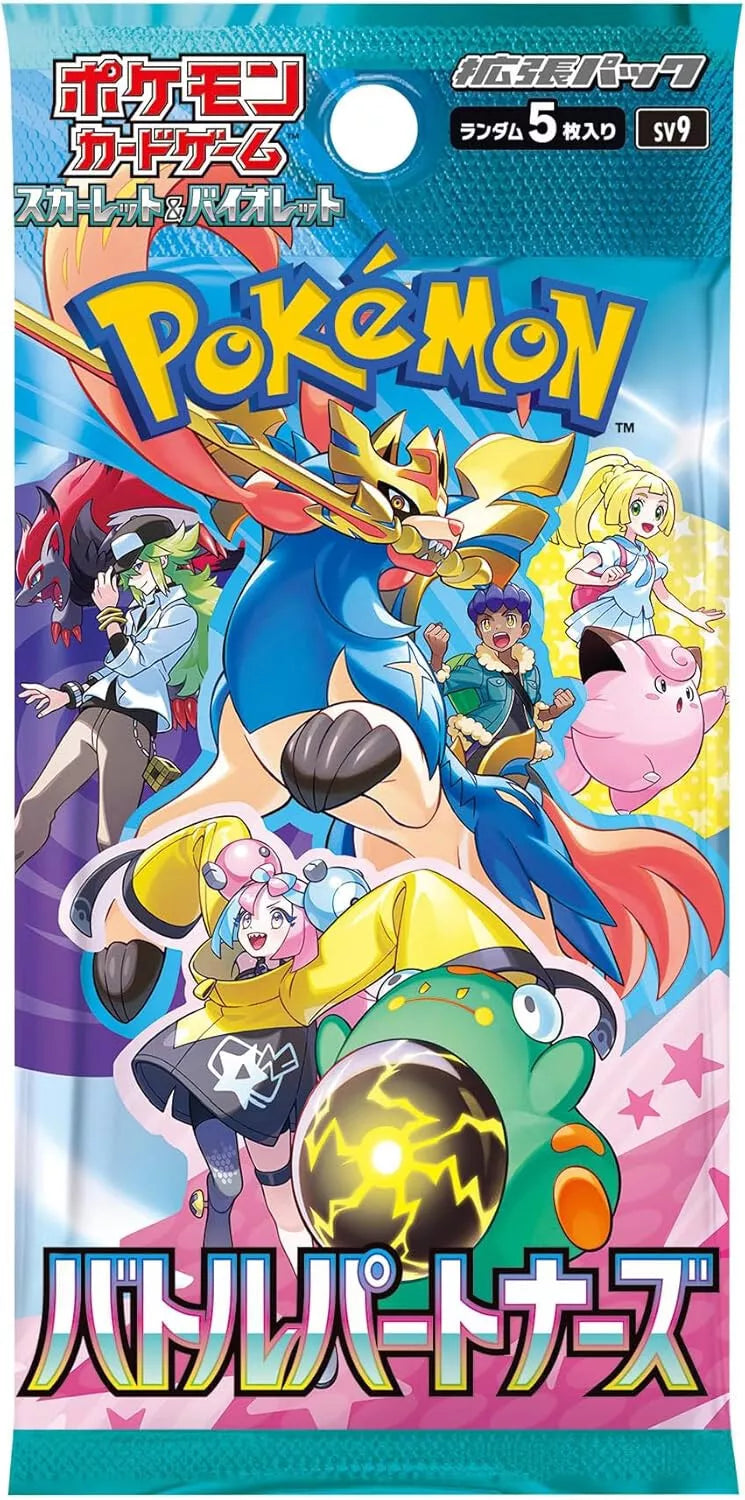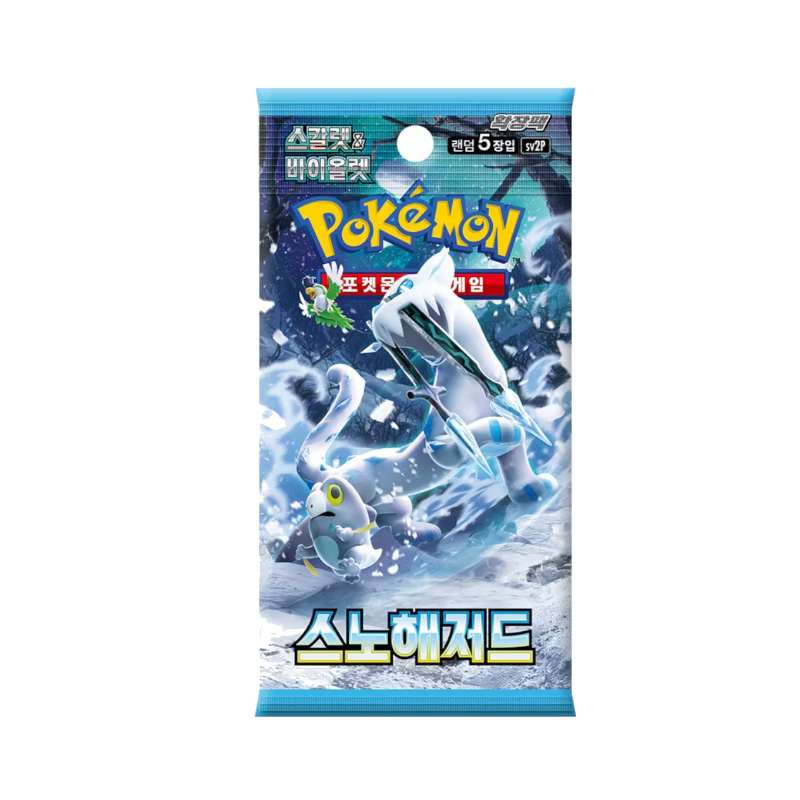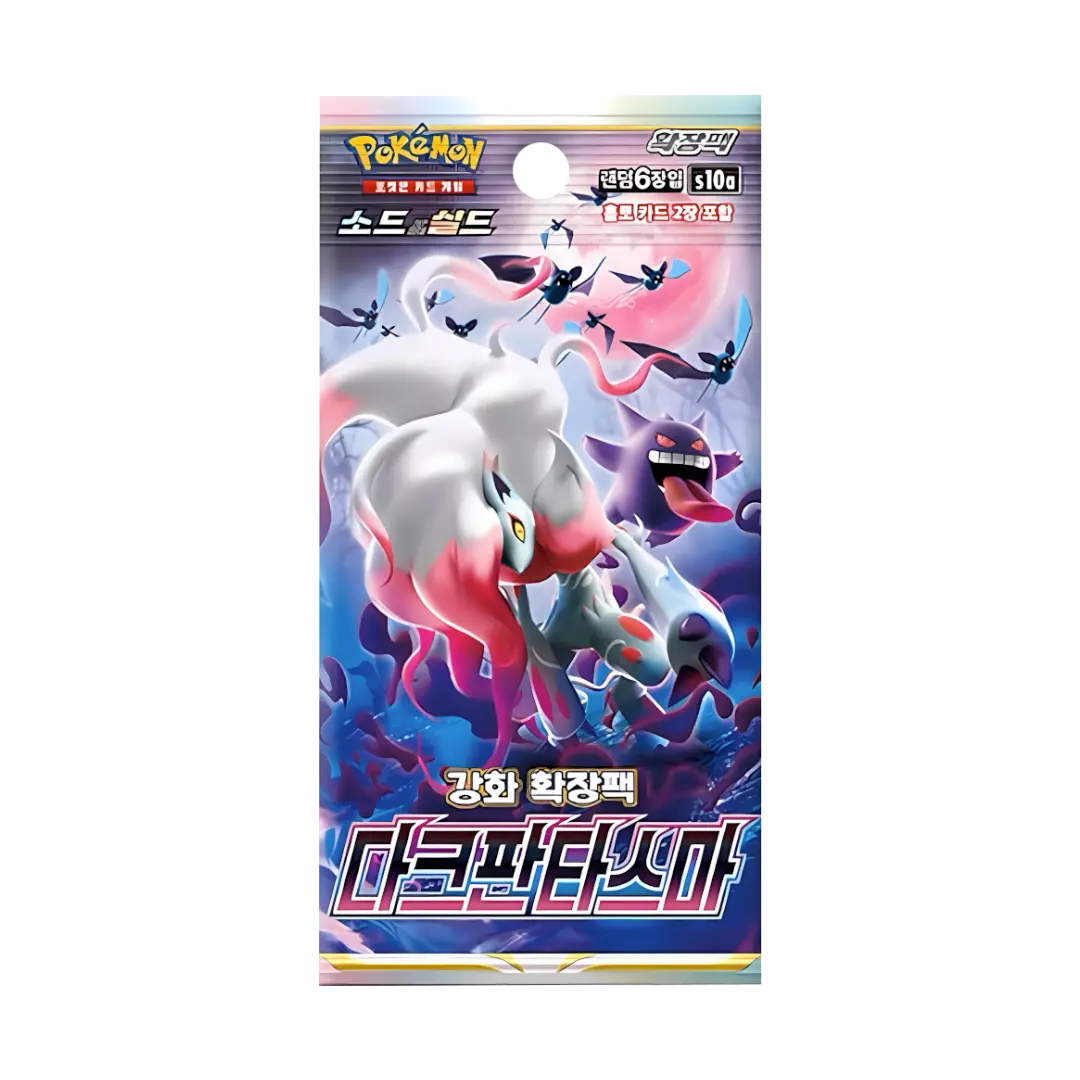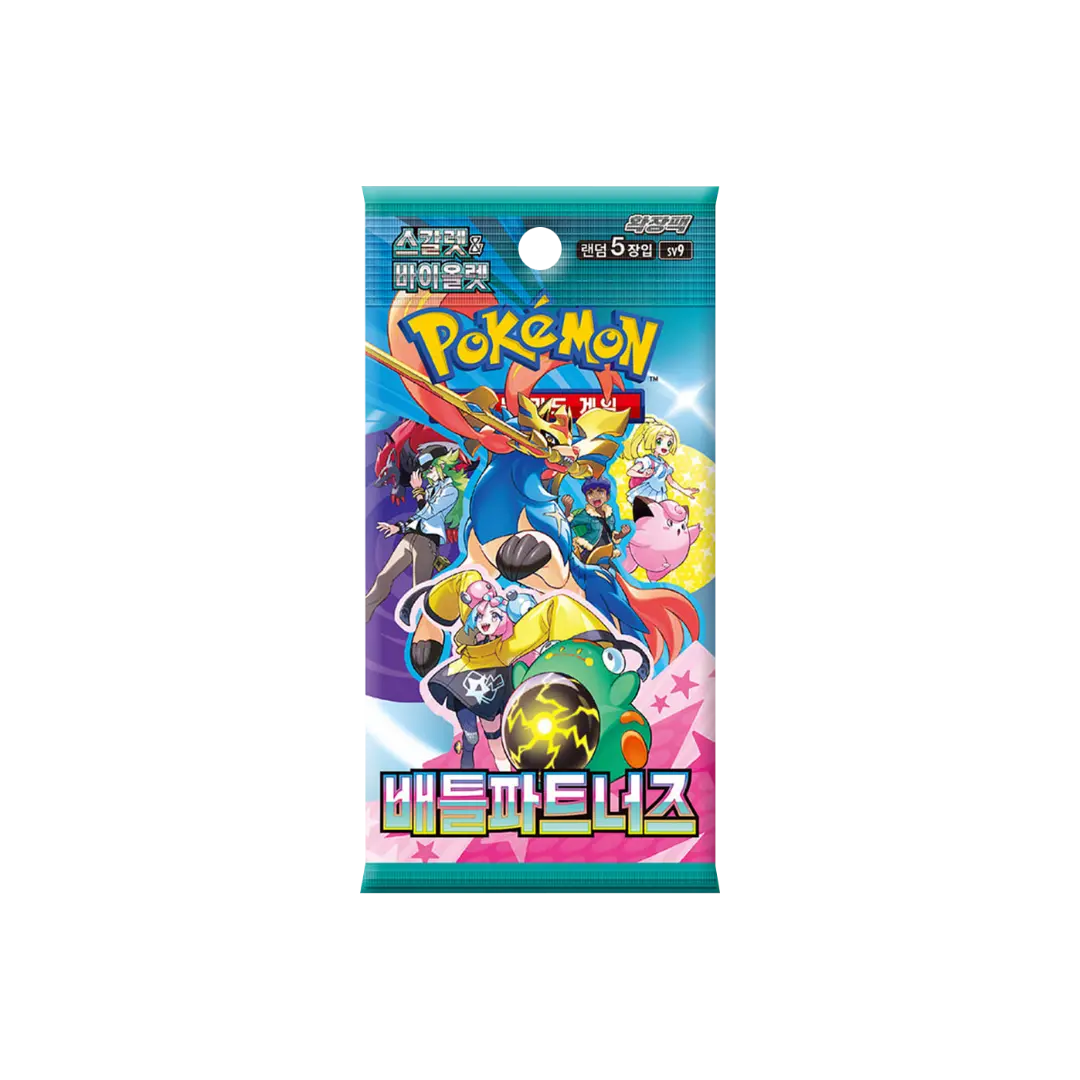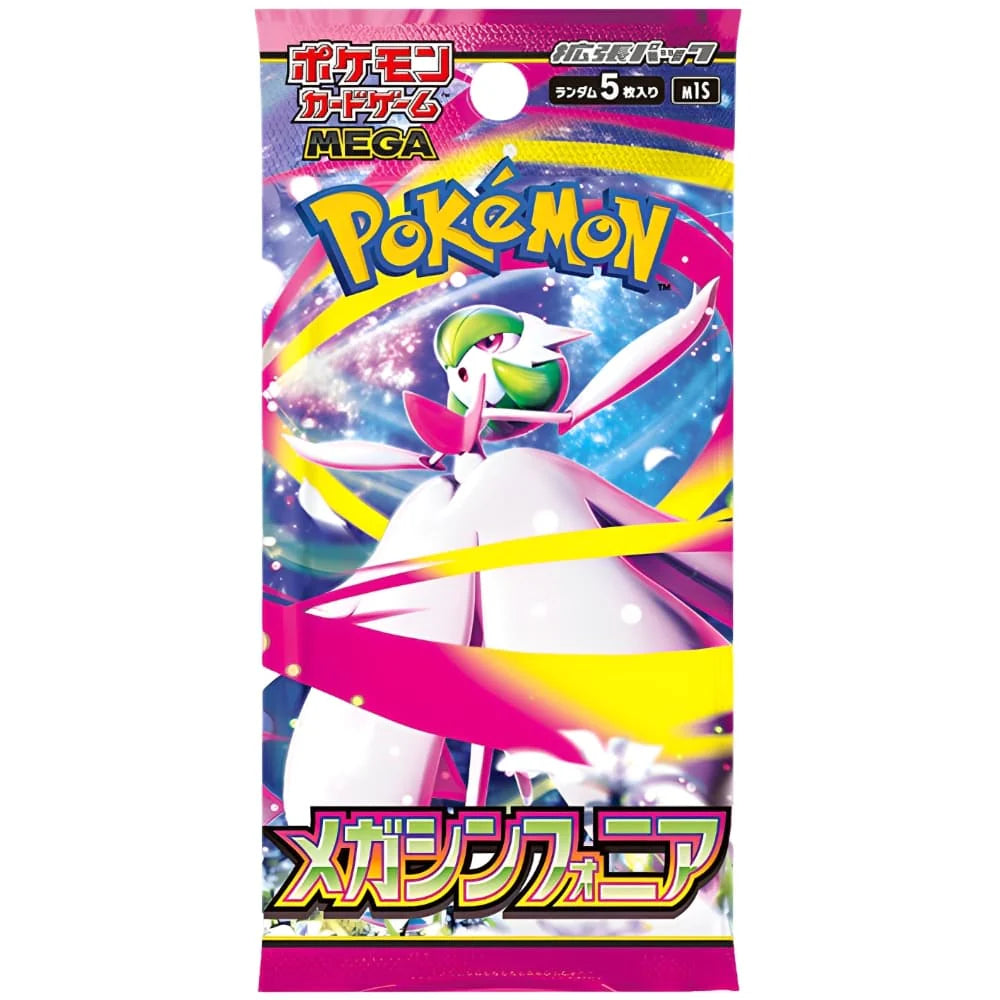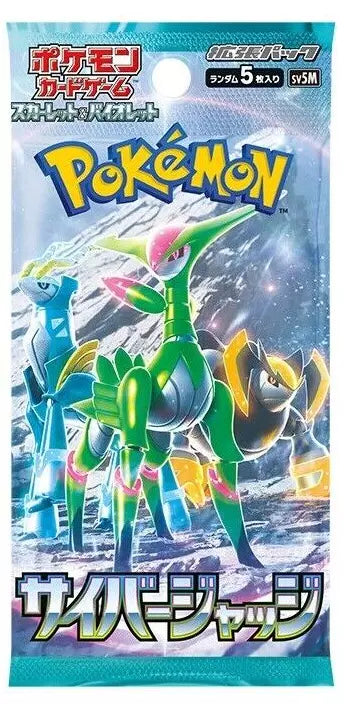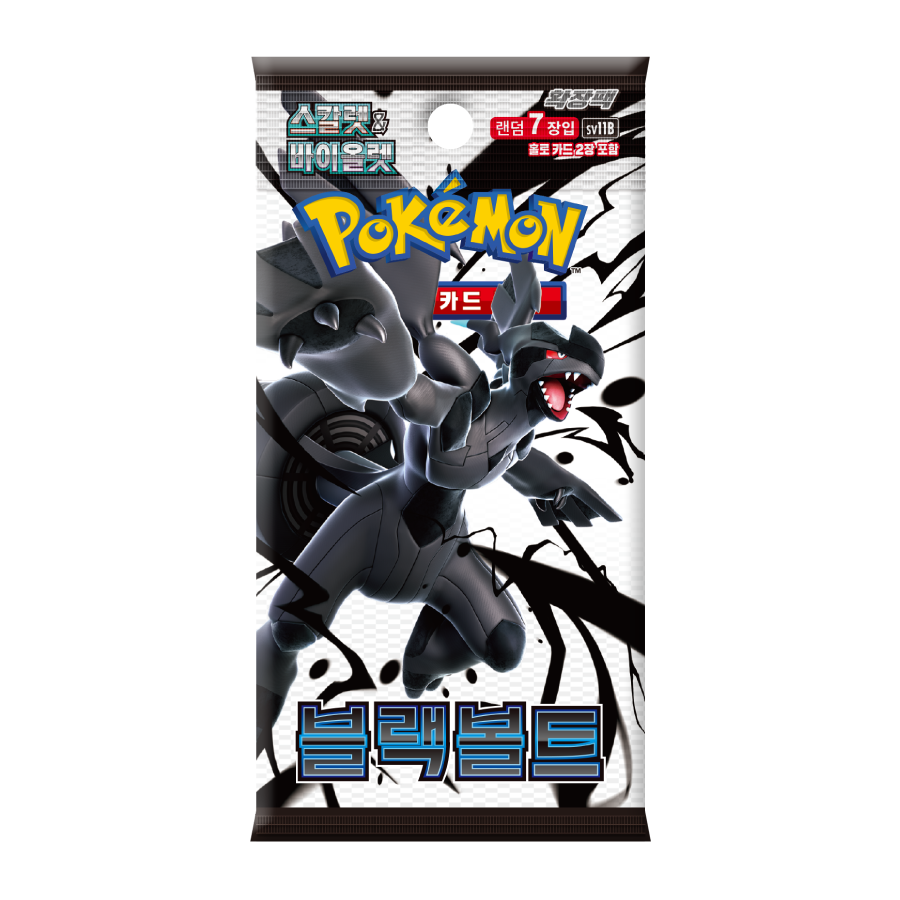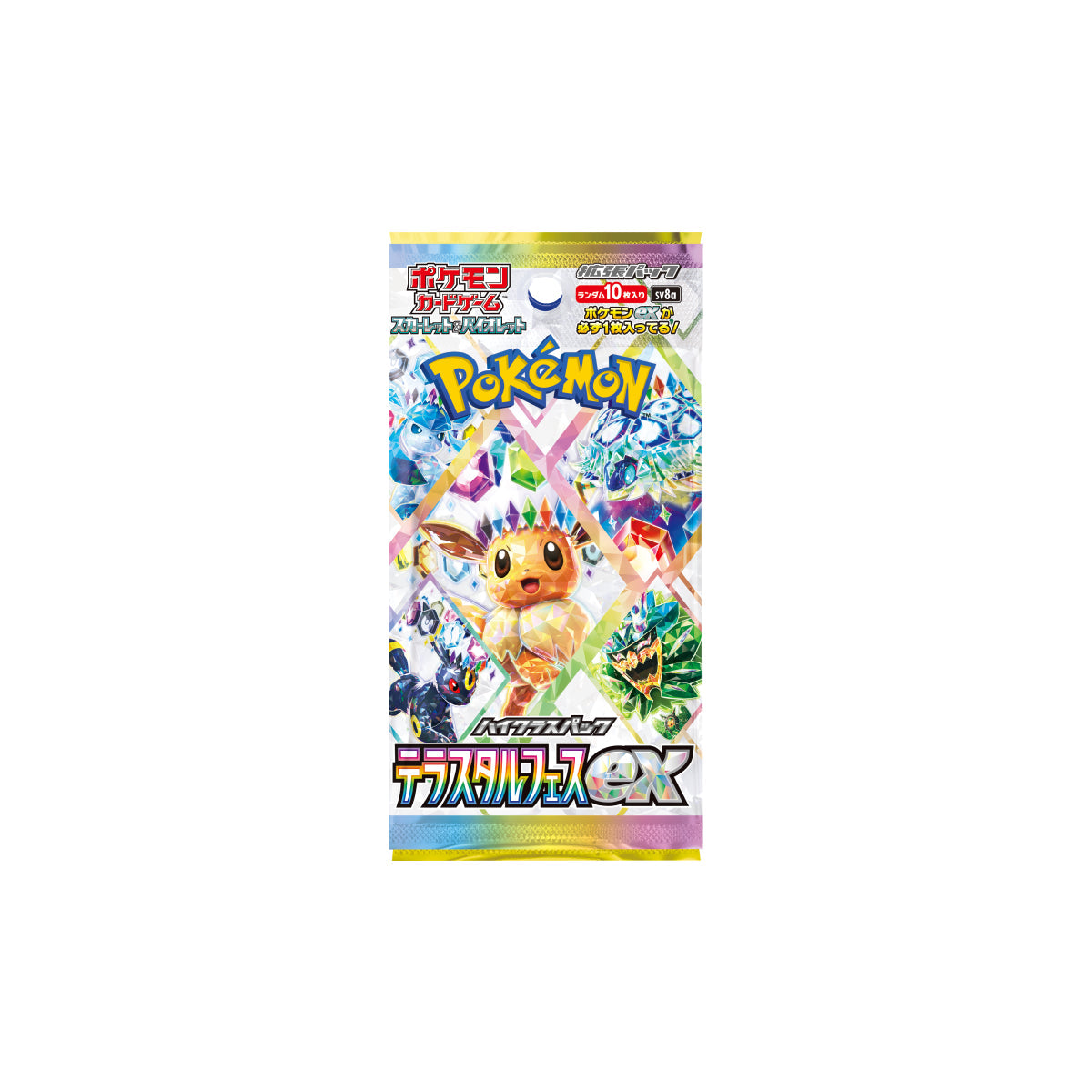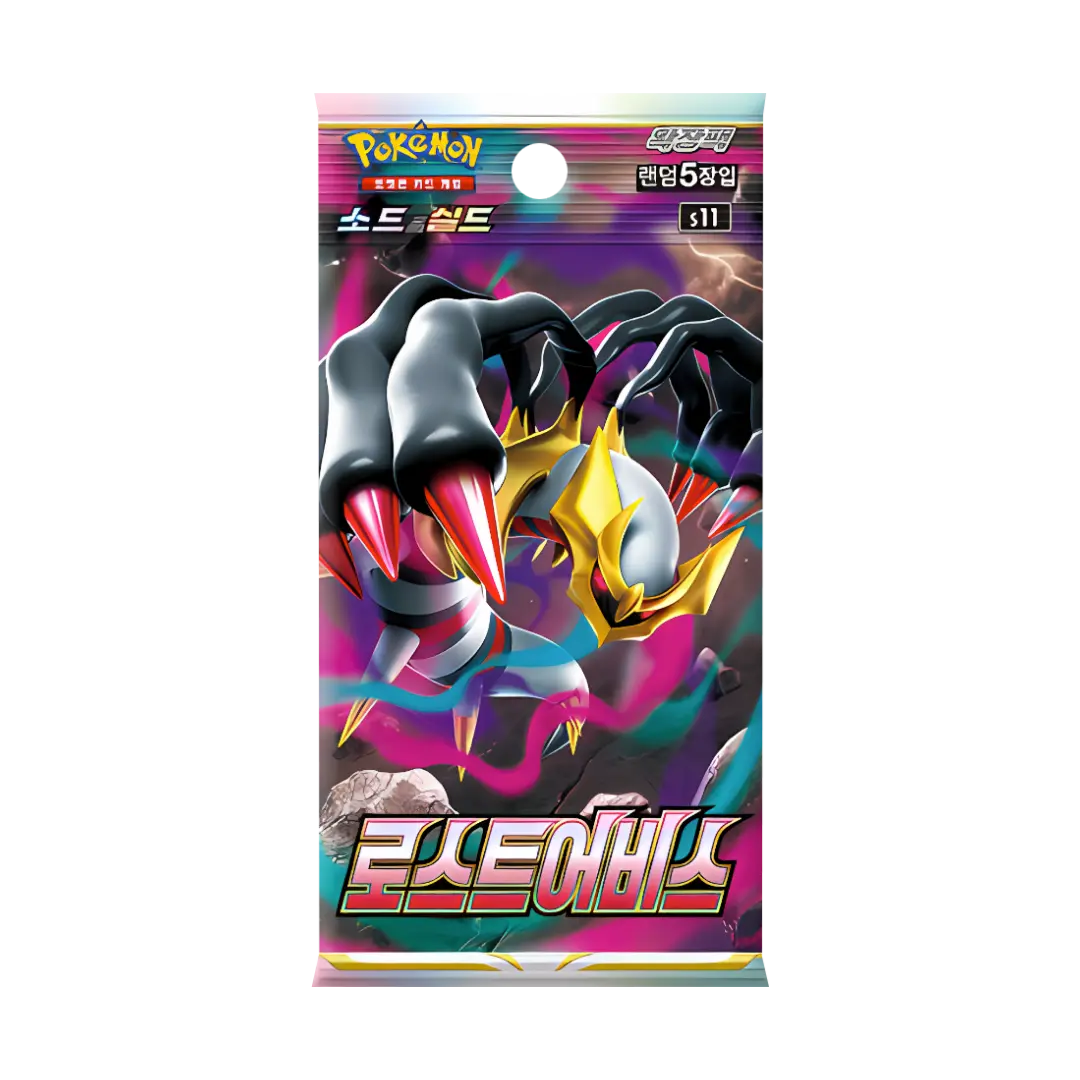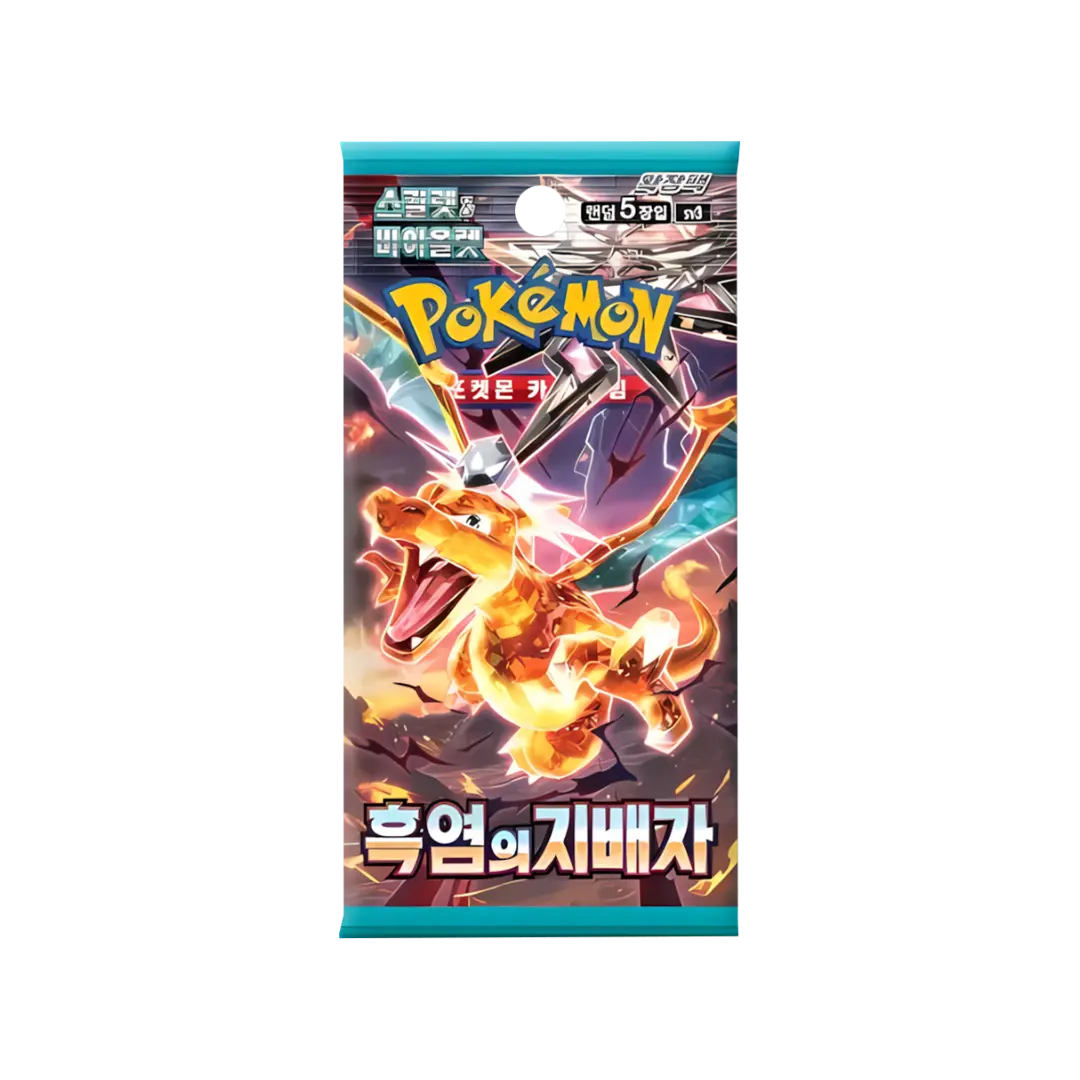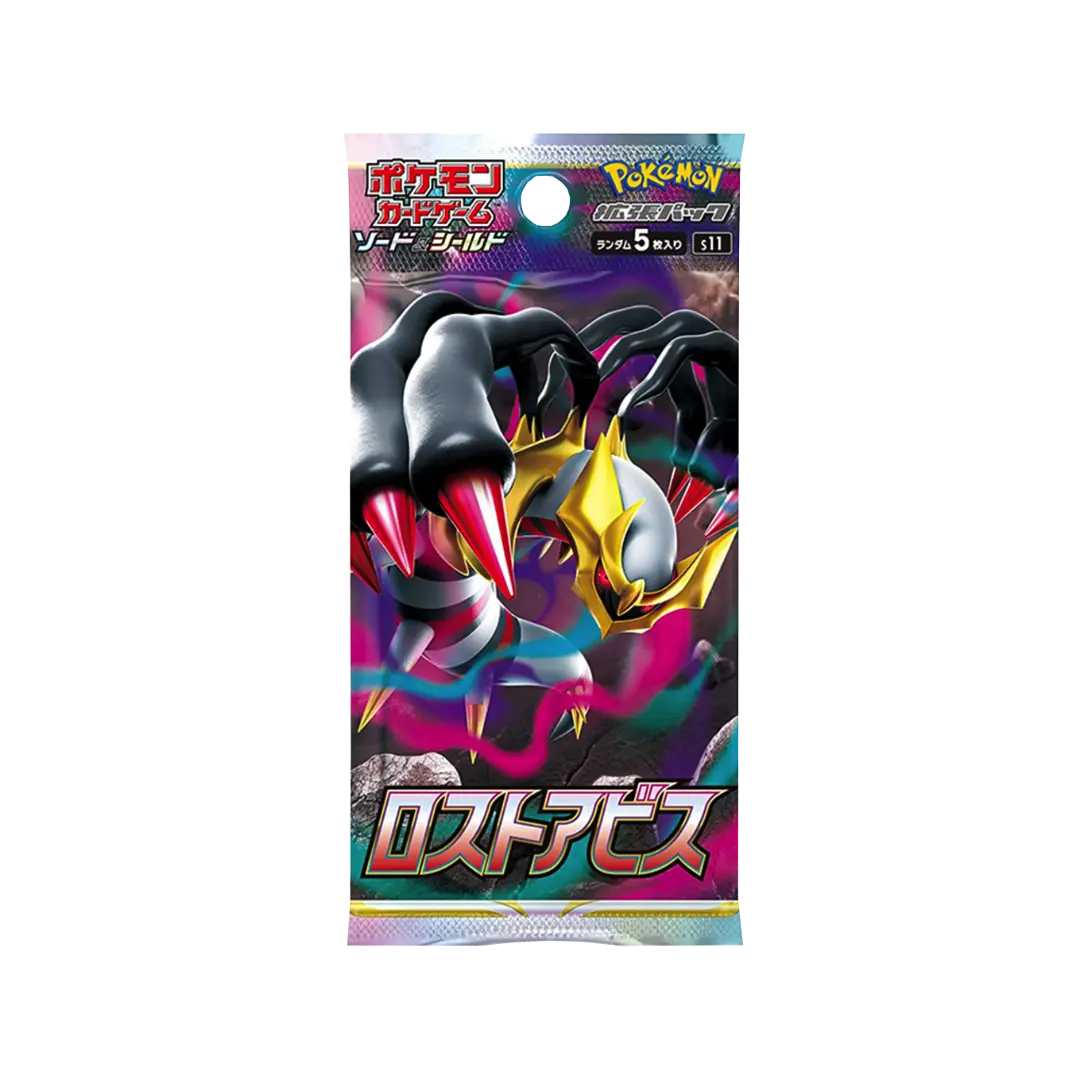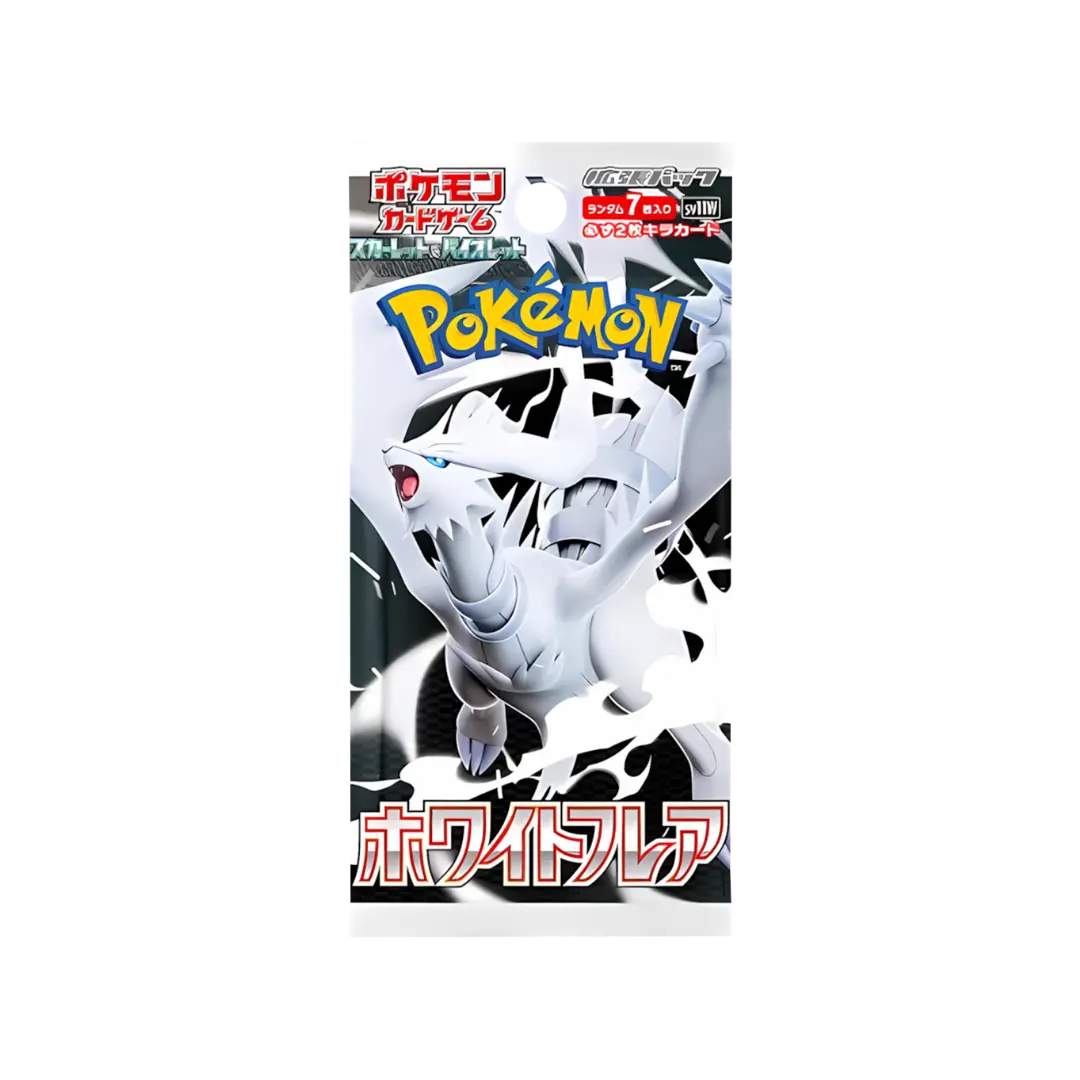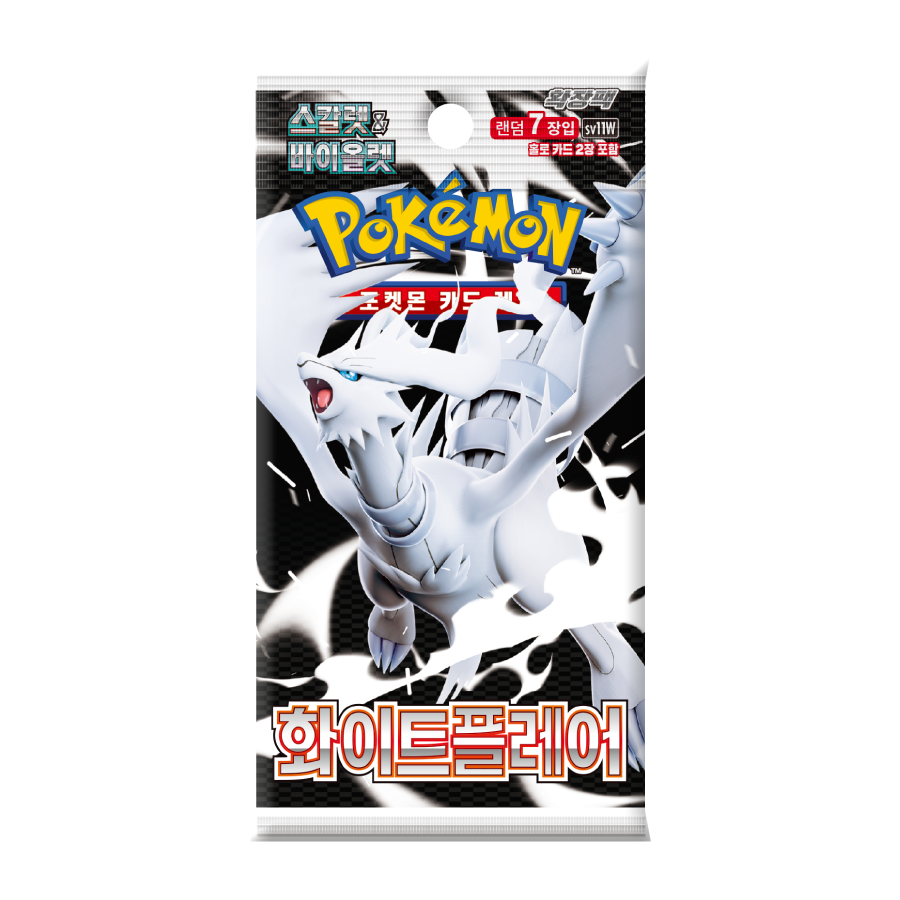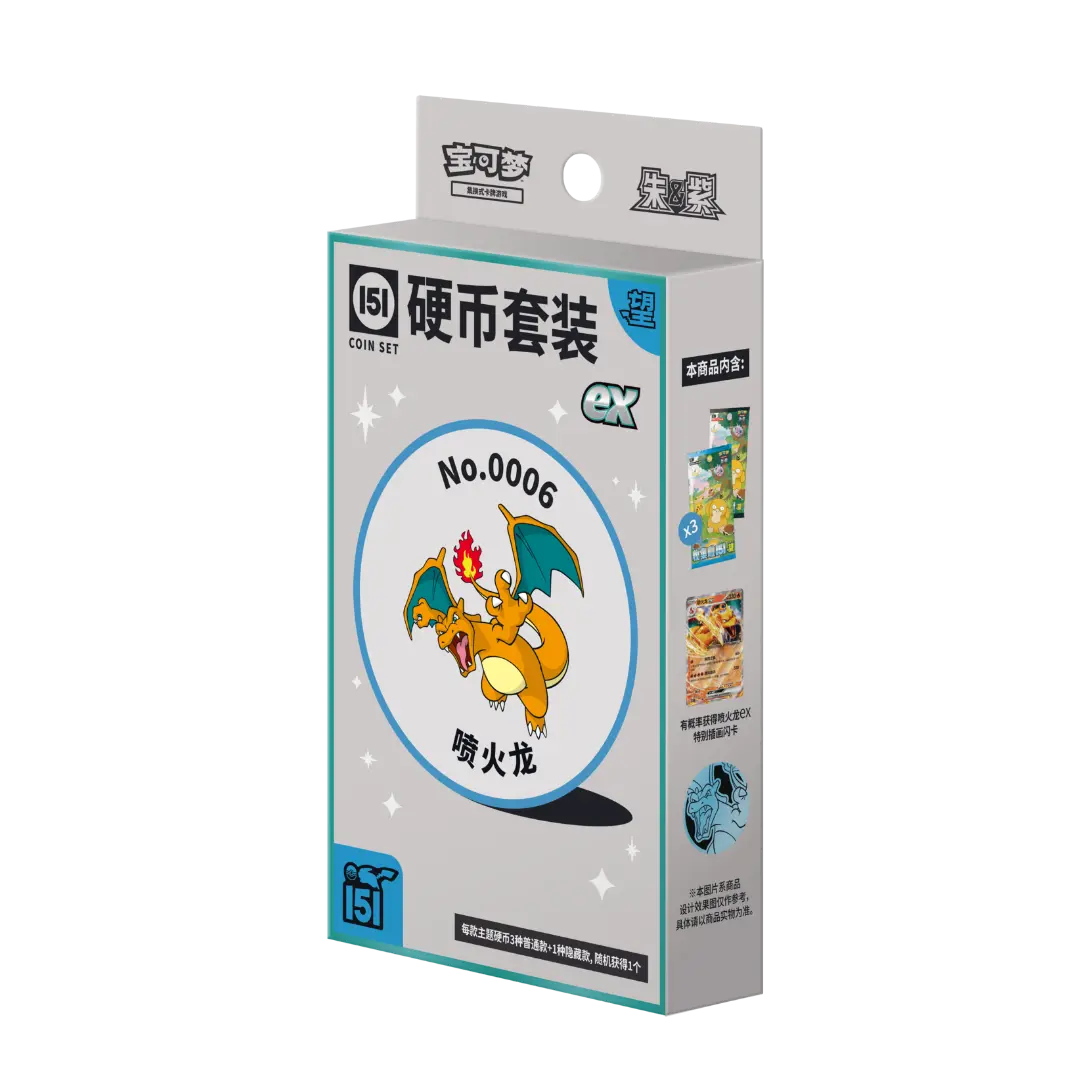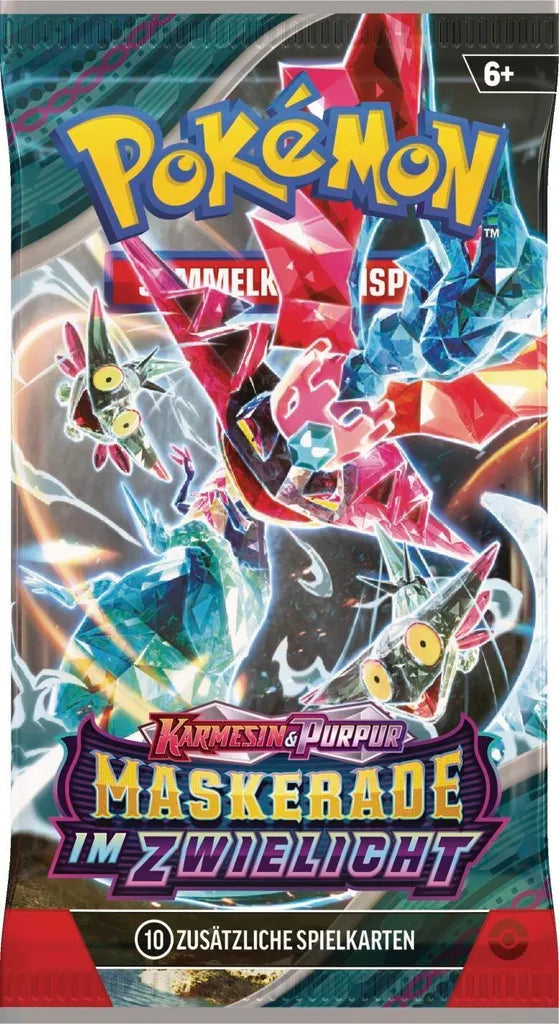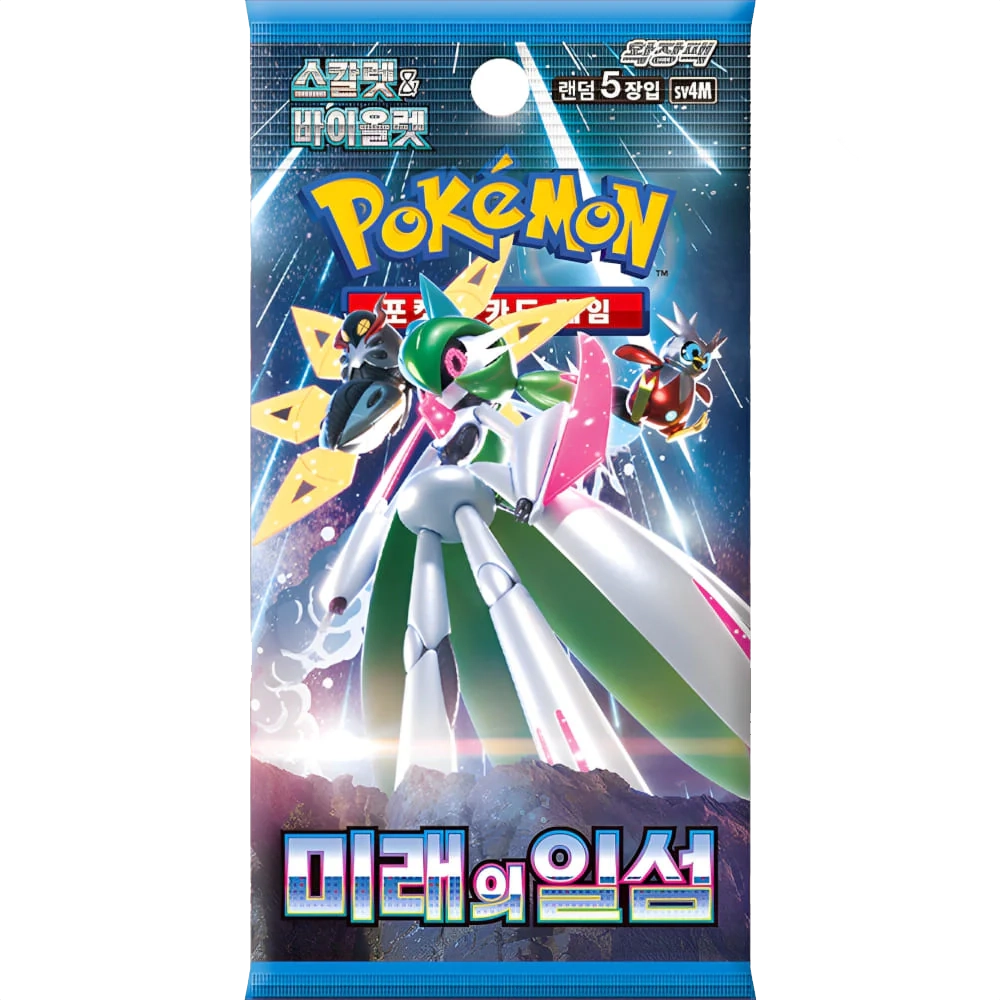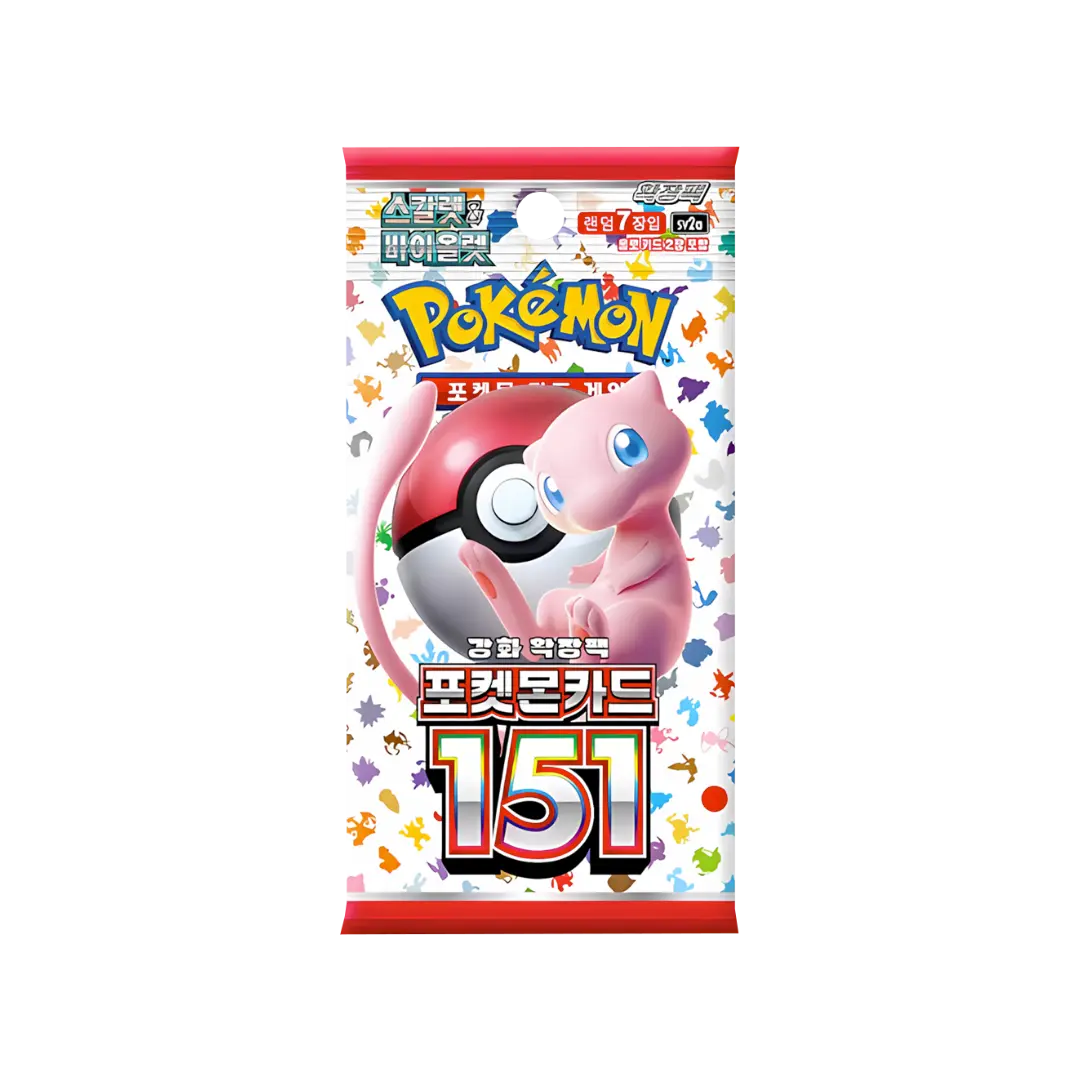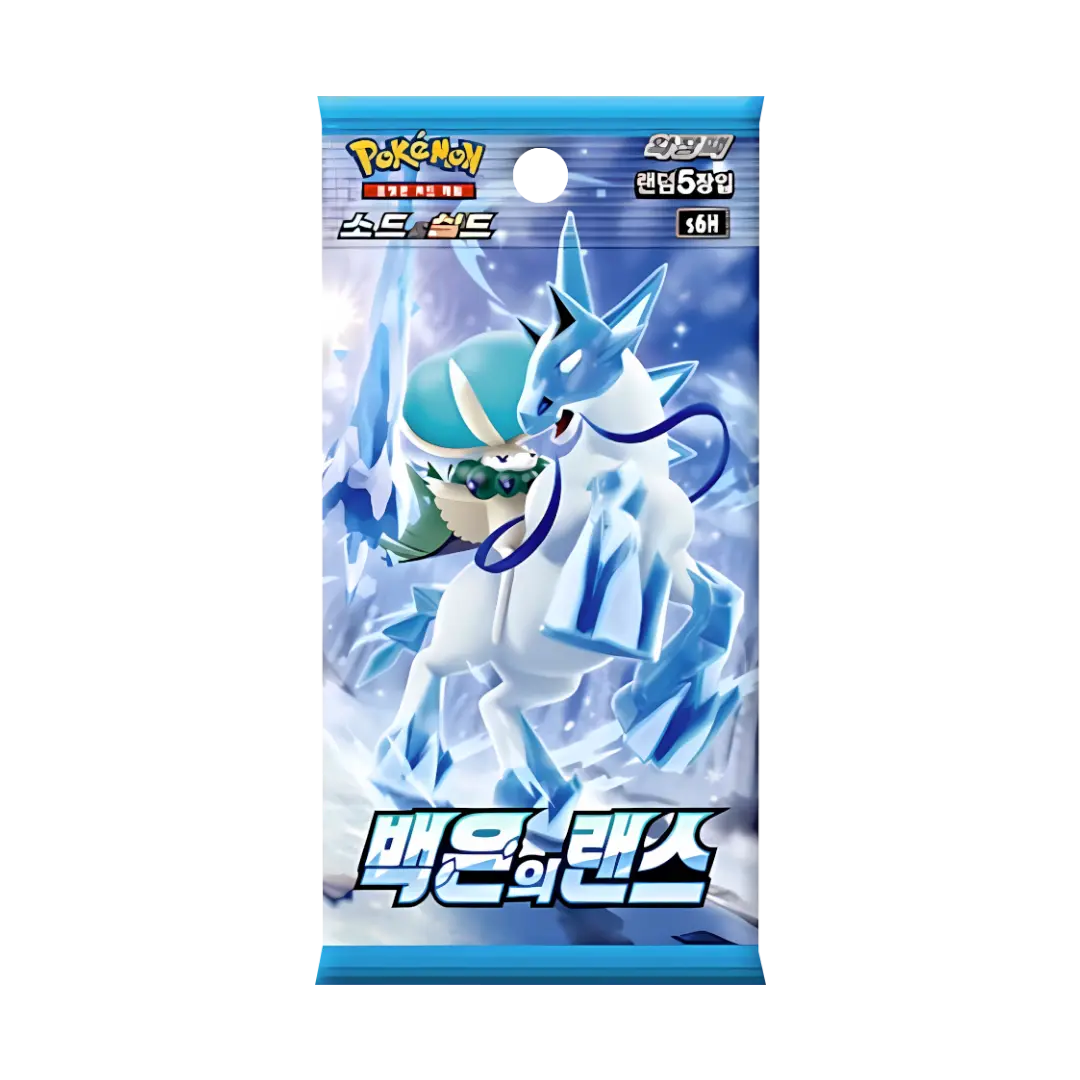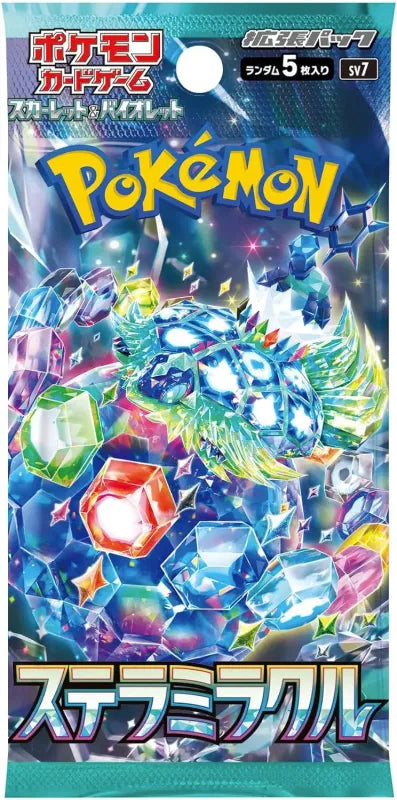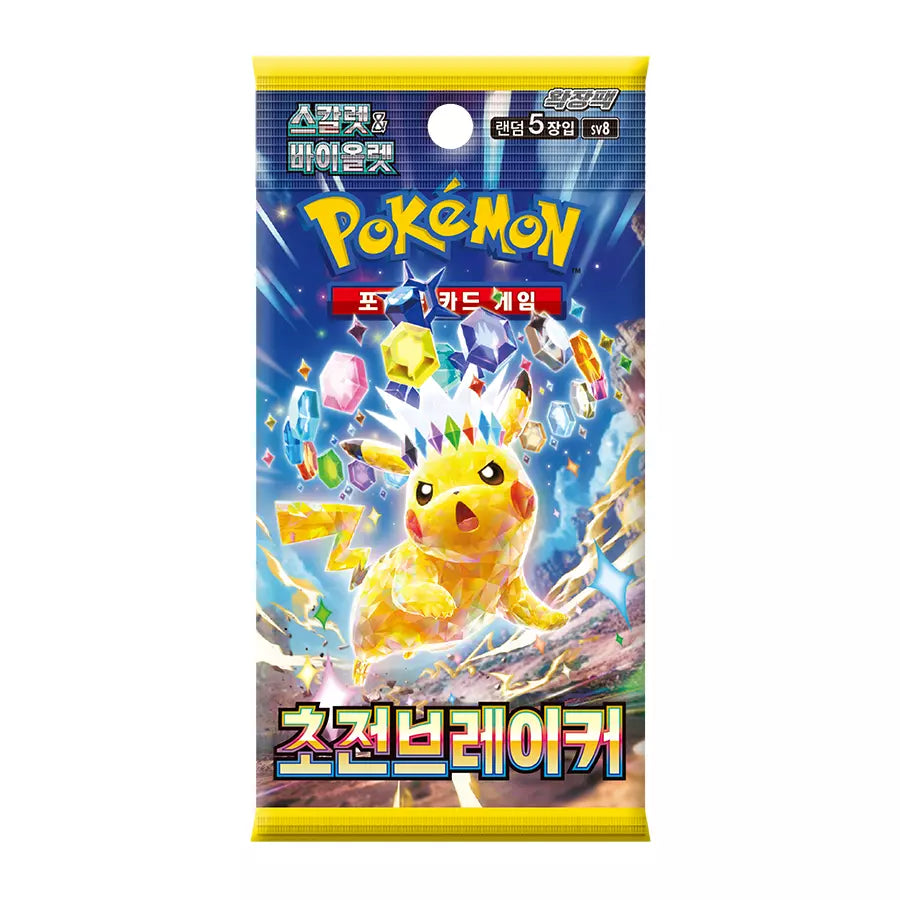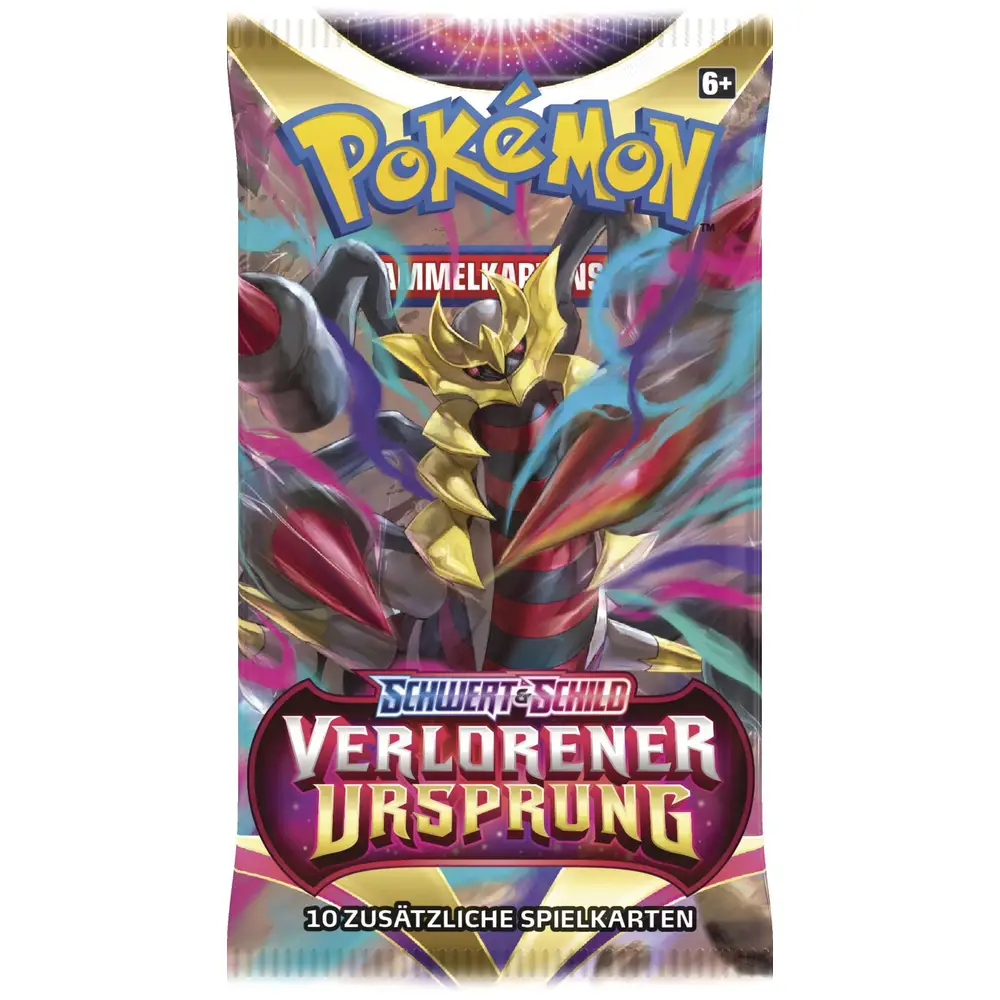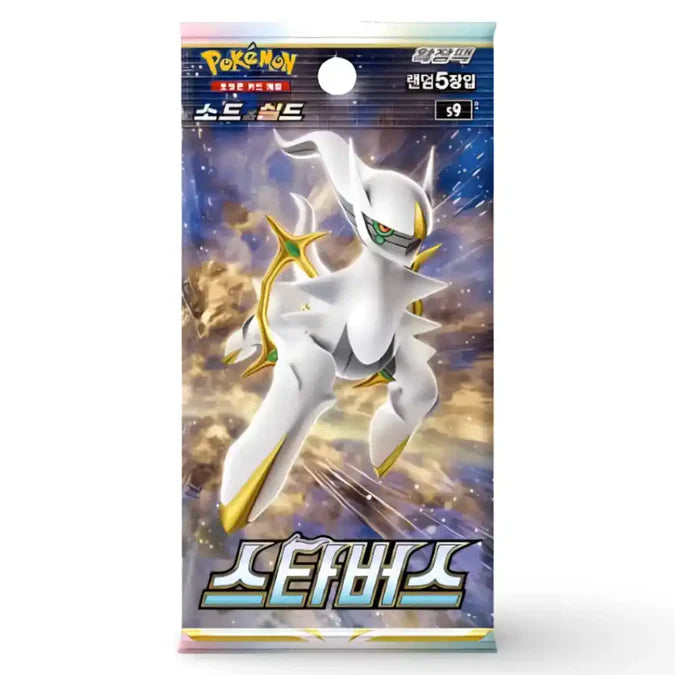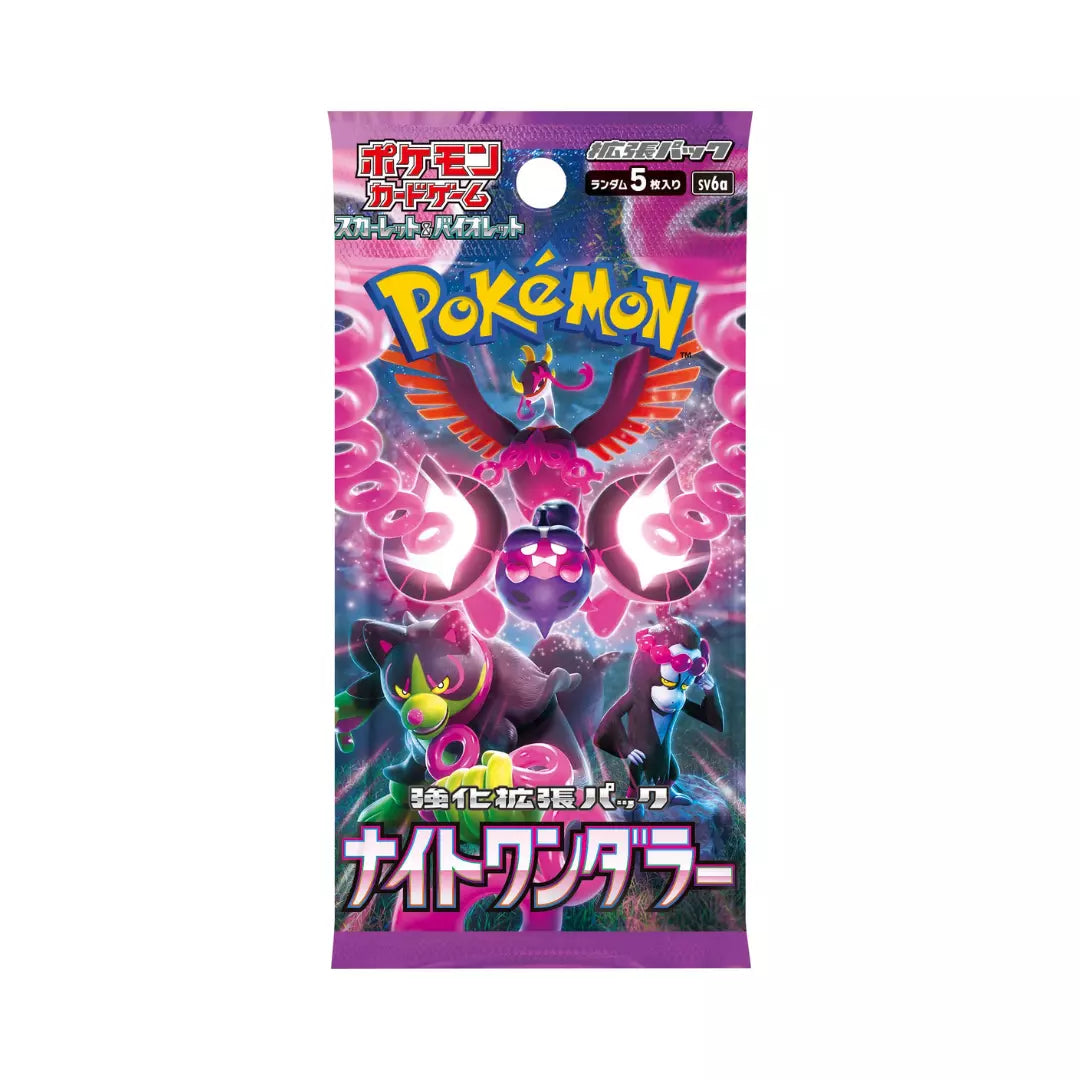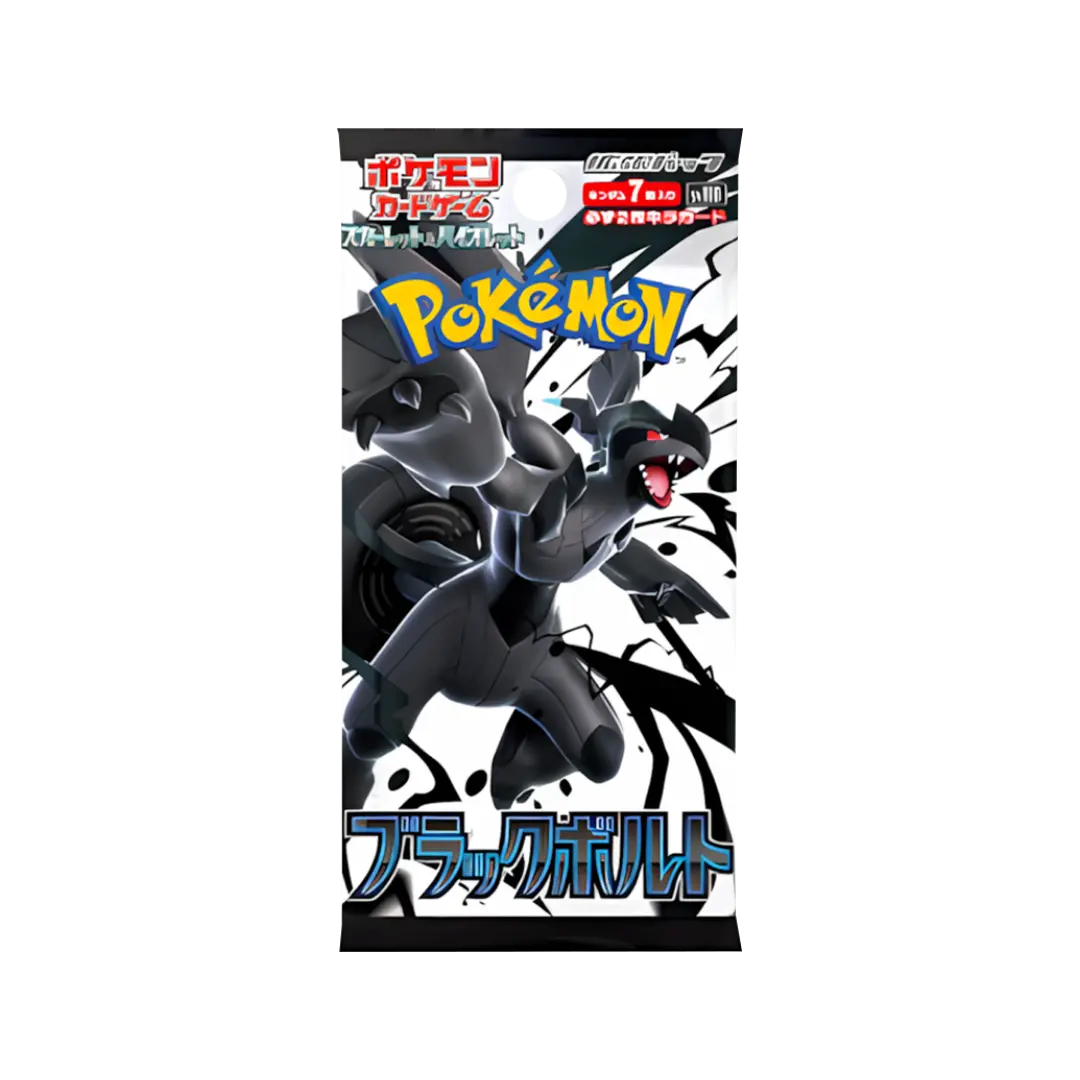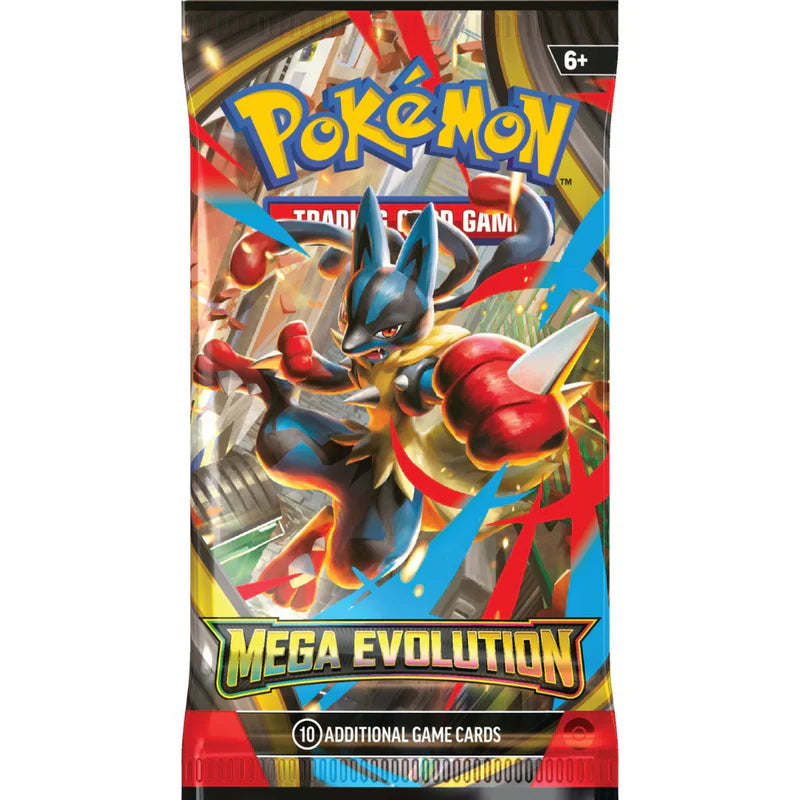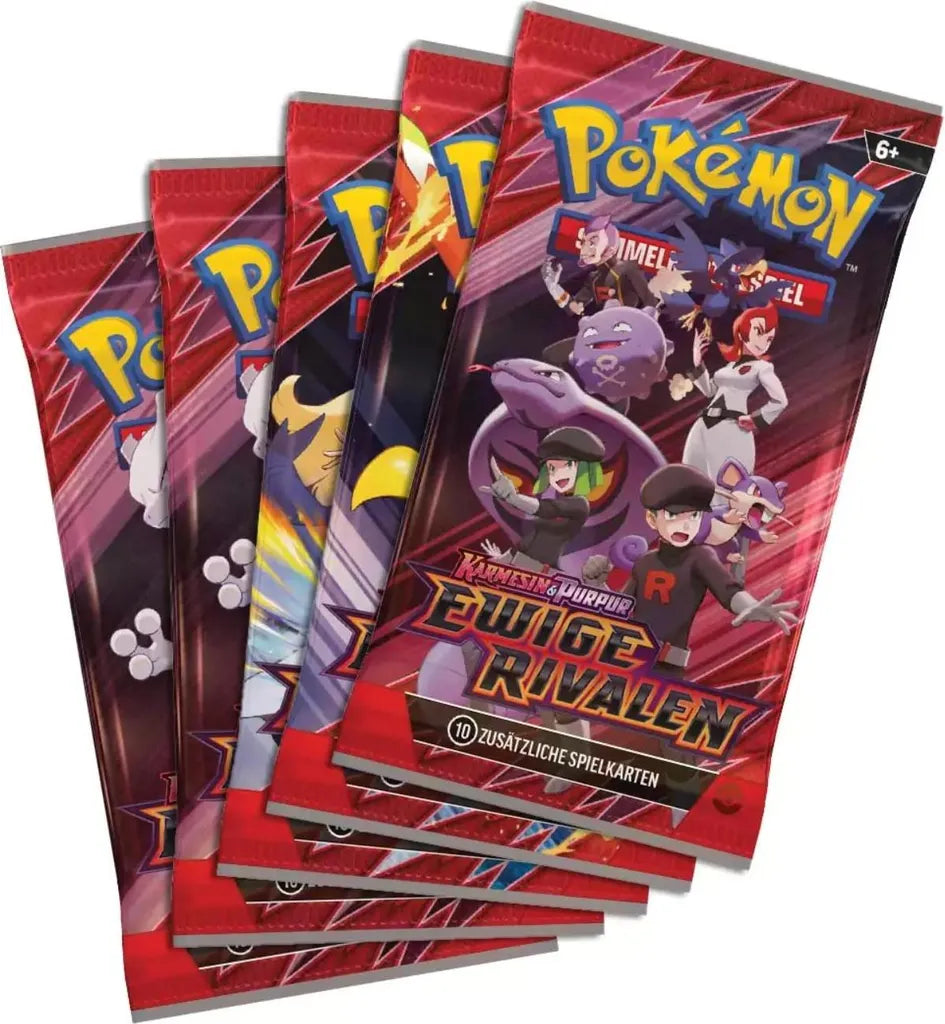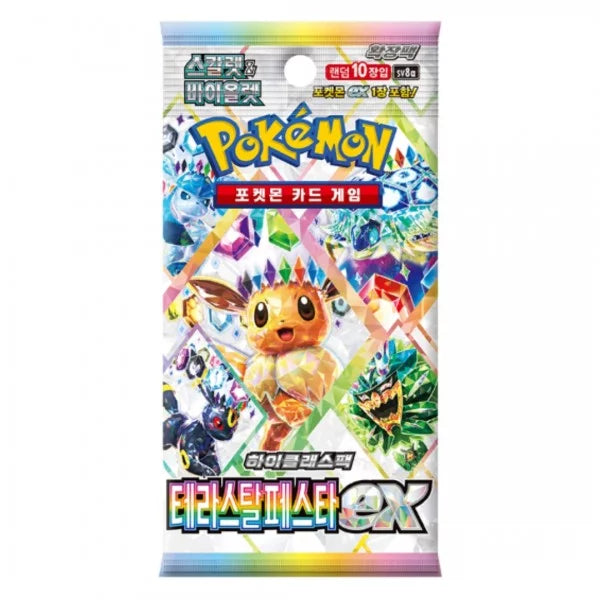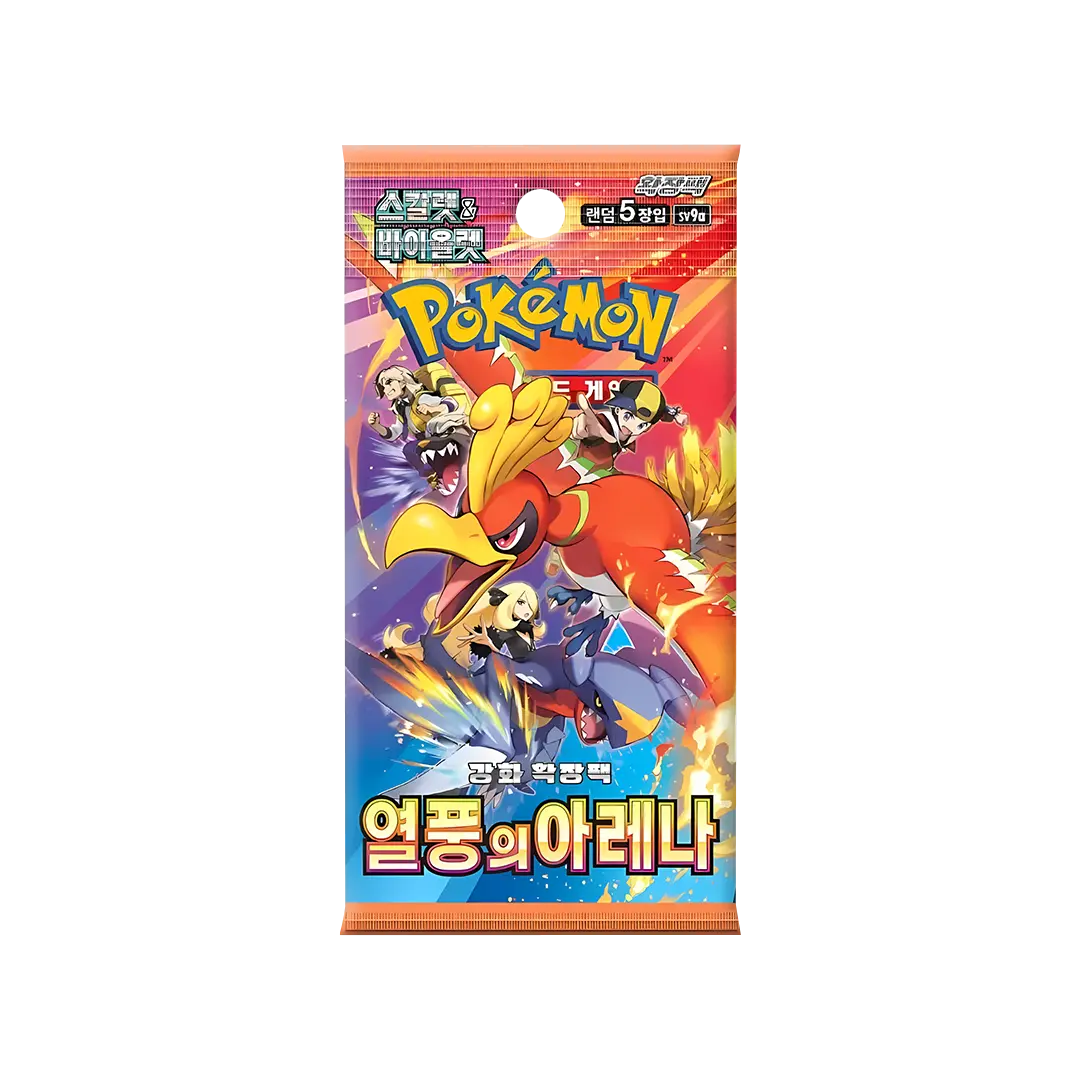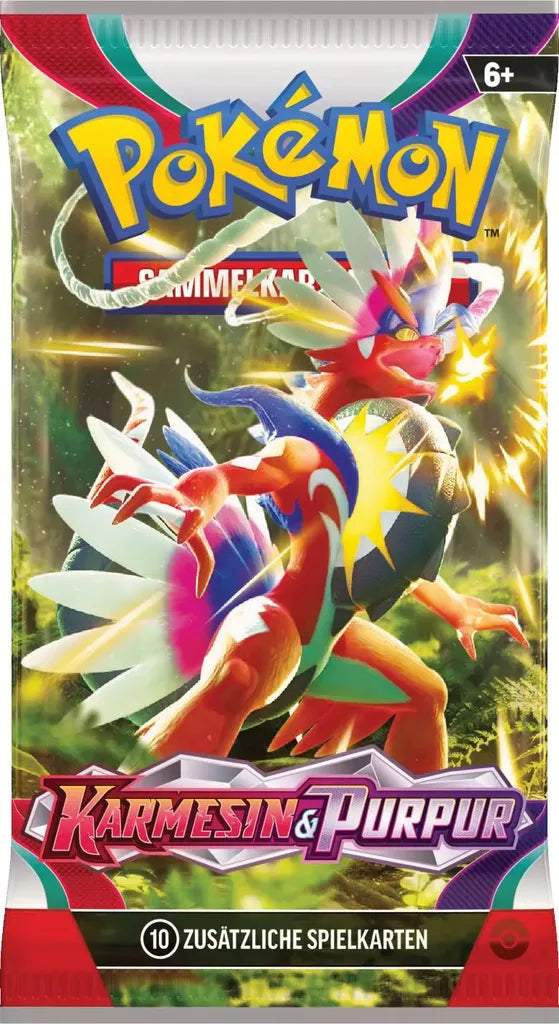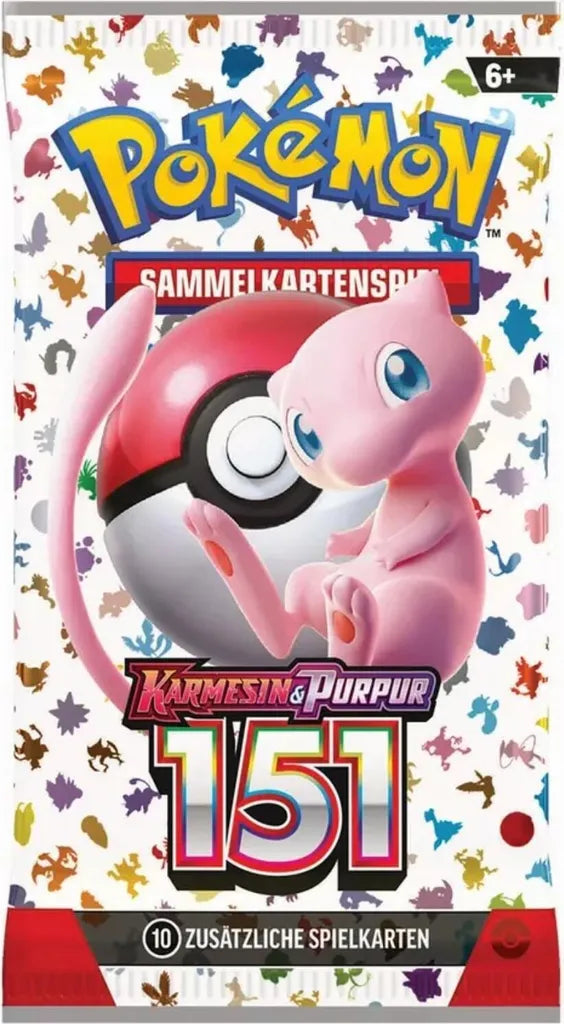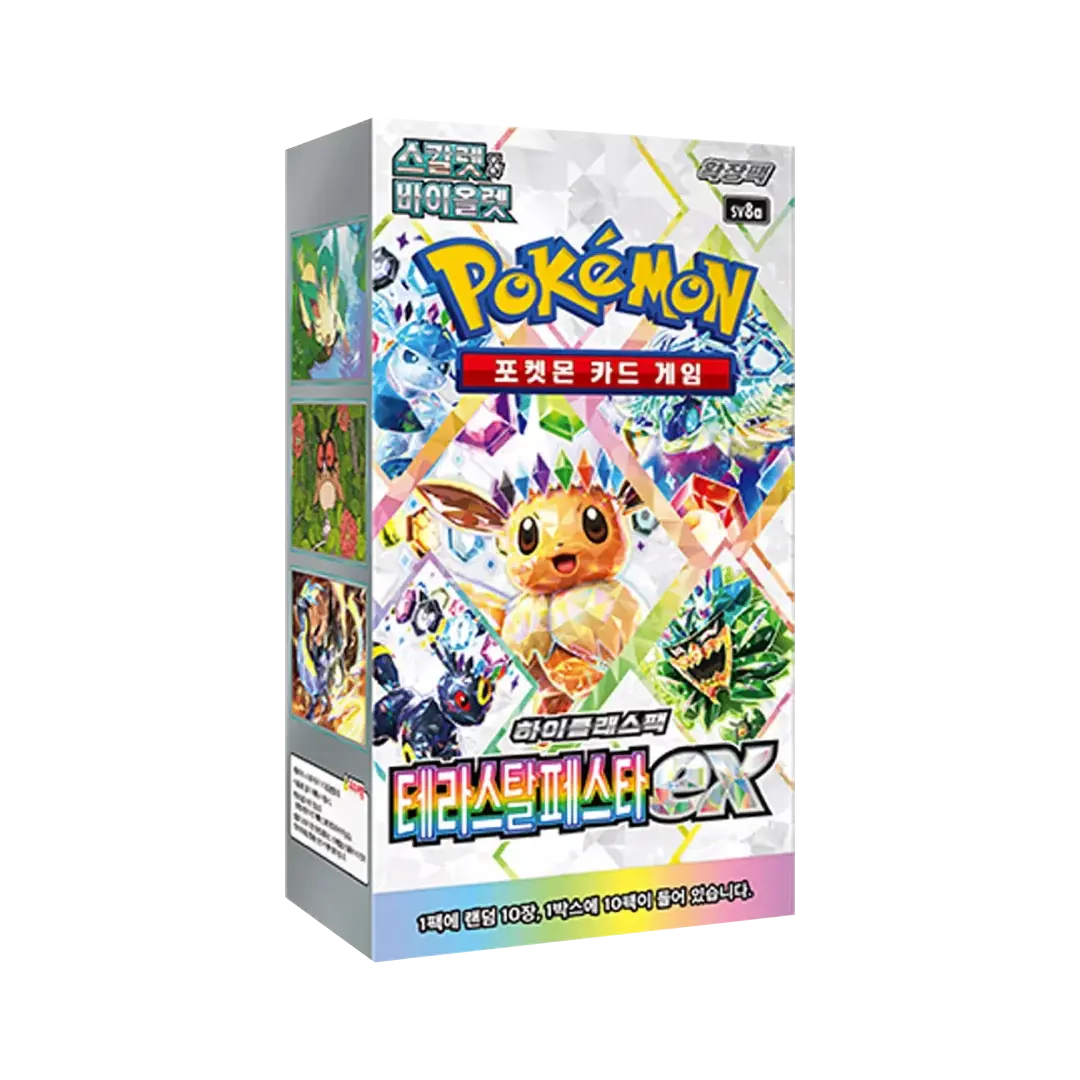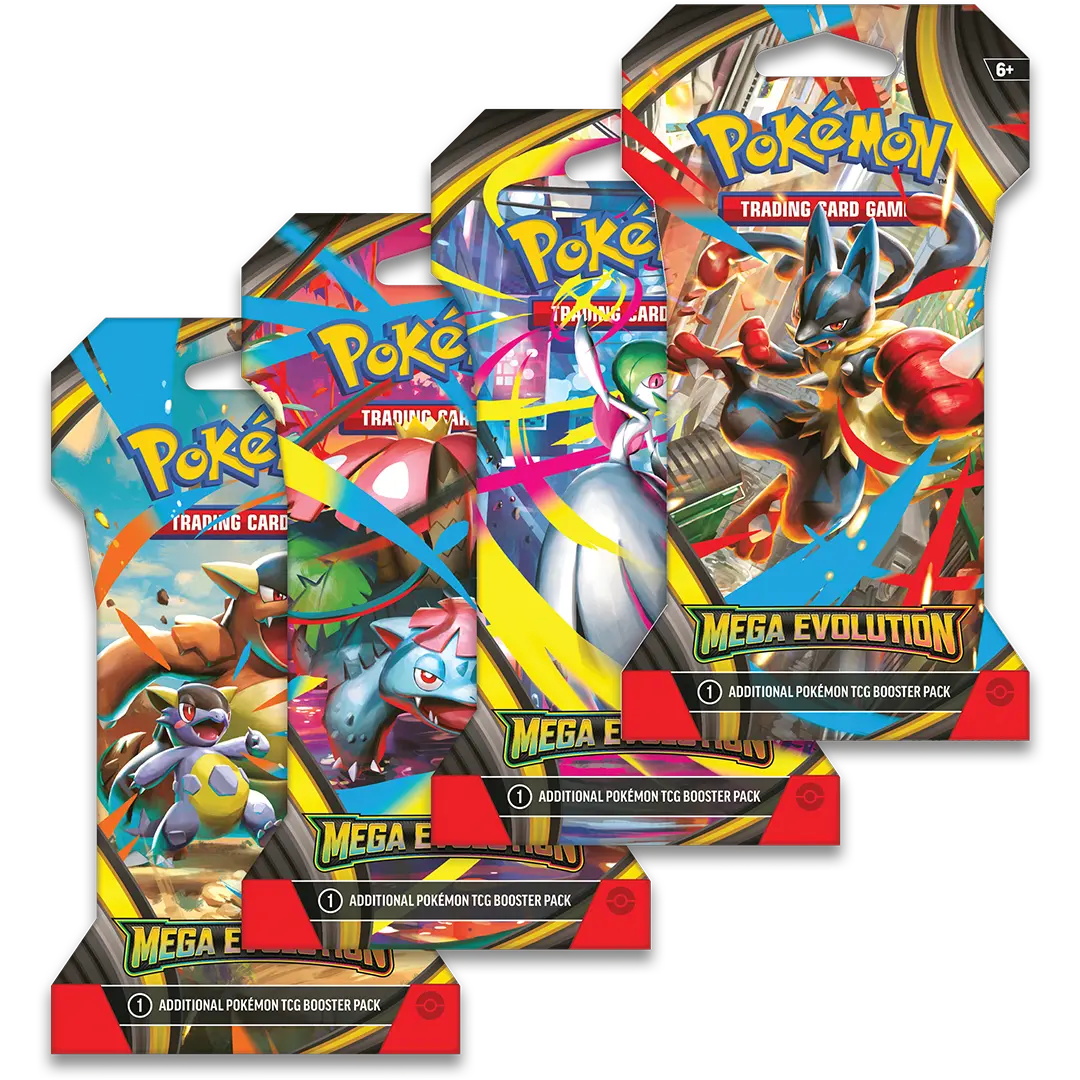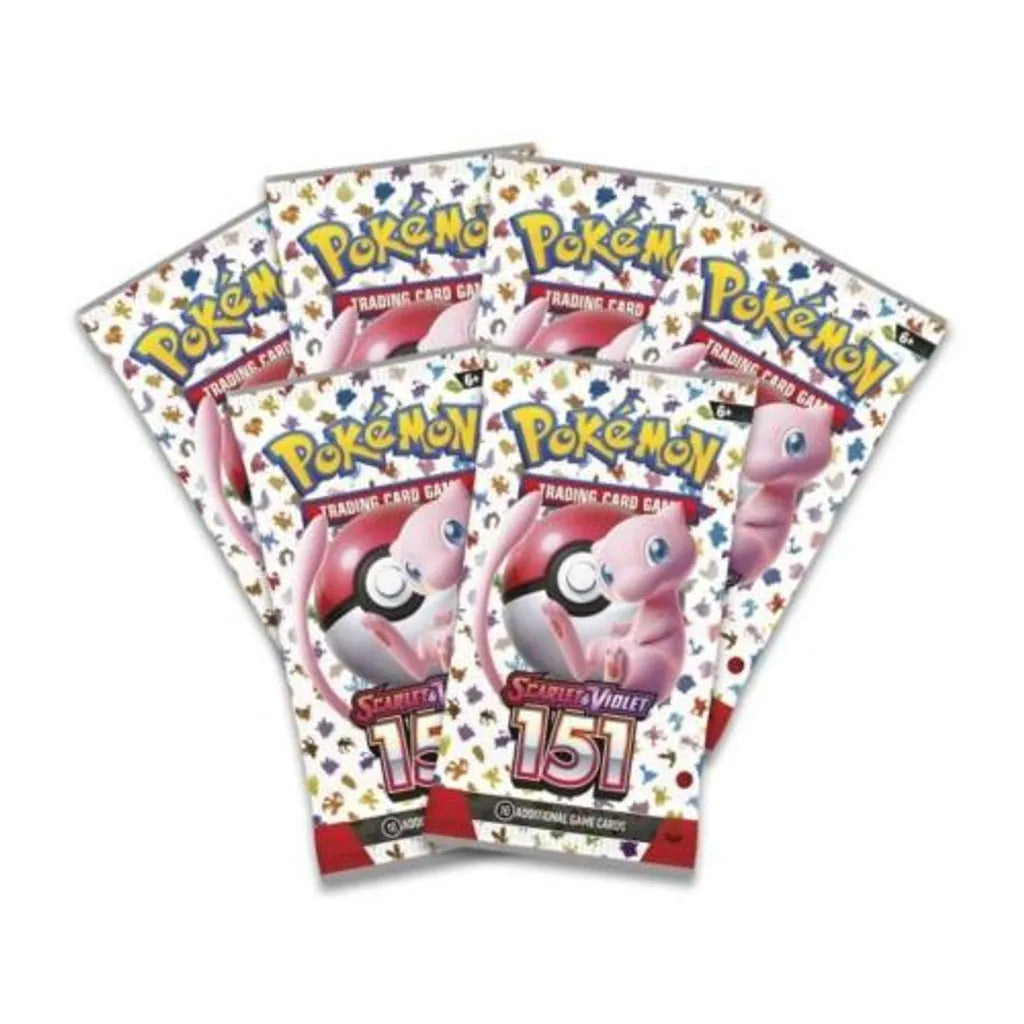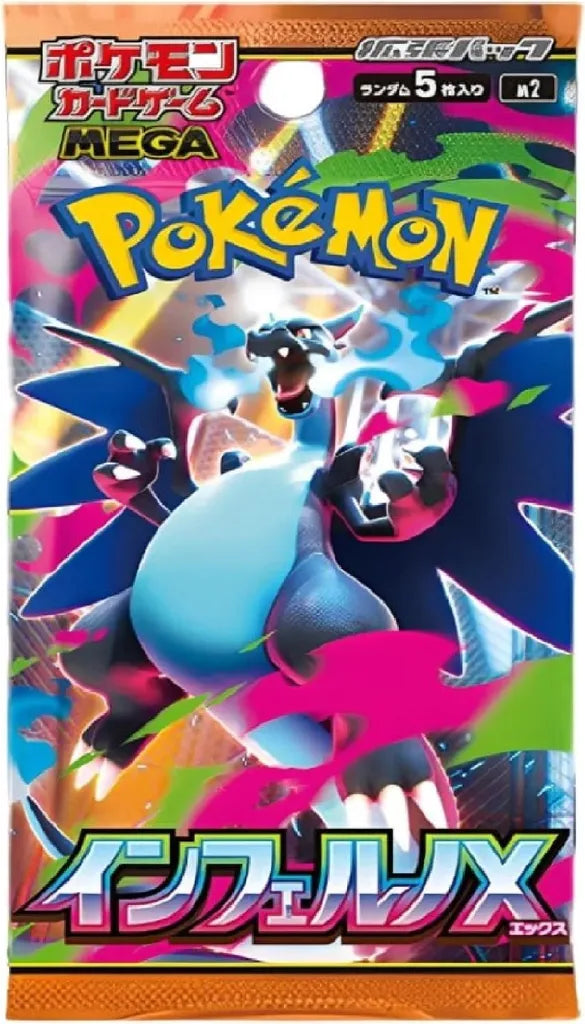Pokemon Booster
Interesting facts about Pokemon Booster
Pokémon Booster – the heart of collecting, playing, and hit hunting
Opening a booster pack isn't a random act; it's a ritual. A crunching sound, a brief breath-hold, and then the question: Is this the best-selling item? It's precisely this feeling that has made Pokémon Boosters the core product of the TCG for decades—whether you collect, play, or both. Here, you'll find out what's really inside, which variants are available by region, and how to buy wisely without falling into the hype trap.
That's why collectors and players love boosters
Surprise & excitement: Boosters are little treasure chests. You never know if you'll "just" draw useful Trainer cards—or an Illustration Rare that everyone wants.
Collector value: Most of the sought-after cards come from boosters. If you want highlights, you can't go past them.
Deck Power: For players, boosters are the raw material for better lists: new lines, techs, matchup fixes.
Suitable as a gift: flexible in price, quick to explain, maximum “wow” moment when opened.
Tip: If you're looking for a more bulk experience (more packs, more stable hit distribution), it's worth taking a look at displays – 36 boosters in a row are the "long form" of the opening.
What international boosters really contain (German/English & Co.)
Since the Scarlet & Violet era, the pack structure has become clearer and fairer. International boosters (e.g., German, English, French) contain 10 game cards per pack. Typically, they contain 4 commons, 3 uncommons, and 3 foils (at least one of which must be rare or higher) . Also included are a basic energy card and a code card for Pokémon TCG Live . The result: consistently three foils per pack , which makes openings noticeably brighter and increases the perceived value density.
Short & sweet: International = 10 playing cards + 1 base energy + code card; three foils guaranteed.
(The exact slot logic—e.g., where Illustration Rares land—varies by set, but the 3-foil basic principle remains.)
Japanese & Korean Boosters: Why there are often only 5 cards in them
Japan (Standard Expansions): Classic Japanese boosters (e.g., Scarlet ex / Violet ex ) contain 5 cards per pack . A Japanese booster box typically contains 30 packs . There are several reasons for this: lower individual prices , more precise hit pacing throughout the box, and a different product philosophy —smaller packs, but more frequent purchases. In total, you get 150 cards per box, and the rarity distribution is clearly intended to be spread across the 30 packs.
Korea (Standard Expansions): The Korean sets mirror the Japanese format: 5 cards per pack , 30 packs per box . This means similarly compact individual prices and a familiar "5-Card Rhythm" experience, only with a Korean card layout.
High-class exception: Japan and Korea regularly offer high-class packs (e.g., VSTAR Universe , Shiny Treasure ex ). These premium boosters come with 10 cards per pack and increased shiny guarantees – but the prices per pack are significantly higher. This is intentional: fewer packs, more "boom."
Note:
-
International (including German): 10 playing cards + energy + code, 3 foils guaranteed .
-
Japan/Korea (Standard): 5 cards per pack , 30 packs/box.
-
Japan/Korea (High Class): 10 cards per pack , premium hit density.
Which boosters should you buy? An honest, pragmatic guide
Do you collect internationally and want stable “Shiny Moments”?
Reach for the latest international boosters . The 3-foil guarantee is predictable, and the cards are tournament-legal in the respective region. If you want volume instead of bite-sized items, go straight for a display . [Internal link: Pokémon Displays]
Are you looking for specific artwork or Japan exclusives?
Get Japanese 5-card boosters of the corresponding expansion. You'll get the "First Print" aesthetic (e.g., silver borders used to be available there) and often different illustration metadata. Expect to need more packs for complete lines, though—five-card packs are charming, but they're "bites in a sliver." Those looking for a premium feel should get High Class Packs (10 cards), but expect higher unit prices.
Do you want budget openings but don't want to miss out on extras?
Check out blister packs : These are boosters plus small goodies (promo, coins, sometimes pins). Ideal if you want a specific design without investing in expensive collections. [Internal link: Pokémon Blister]
Do you play actively (local tournaments, leagues)?
Boosters alone often lack the consistency needed to build a clean deck. Mix them with products that provide energy, sleeves, and markers —like Trainer Boxes . This way, you have booster fun and a direct game setup. [Internal link: Pokémon Trainer Boxes]
Collector’s view (obvious, but important):
-
Hit-chasing is a hobby, not an investment plan. Calculate with a fun budget.
-
Buy sets whose art style appeals to you. If the set doesn't hit the market, at least you'll have a design you like.
-
Sealed products age differently. Individual boosters are volatile. Displays/collections seem more stable—not guaranteed, but historically more "friendly."
Quality, language, layout – what really makes a difference
-
Language & Print Quality: Japanese prints are often considered to have a slightly crisper finish, while international prints score highly with their wide availability and consistent 3-foil texture. Korean cards are visually similar to Japanese ones, but with their own unique typeface.
-
Tournament legality: If you collect internationally and play here, German/English cards are more practical – you avoid questions about the rules at the table.
-
Set architecture: International packs have the energy and code built right in. Japanese Standard packs rely on compact 5-card sets, while Premium (High Class) sets ignite the "everything glitters" mode with 10 cards.
In short: There is no “better” , only “more suitable” – depending on your budget, your goal (playing vs. collecting) and your taste for the layout.
Typical misconceptions – and what really lies behind them
-
“More cards per pack = always better.”
Not necessarily. 10-packs provide more "material" per opening, while 5-packs distribute hits more evenly throughout the box. In the end, what matters is the price per card and how you open it (individual packs vs. displays). -
“Japan = always better pulls.”
Myth. The distribution varies, but there's no magic formula—High Class ≠ guaranteed full art per pack, just increased density . -
“International has less luster.”
Wrong since S&V: 3 foils per international pack provide consistent shine; the "WOW" moments come via Illustration/Special Illustration slots.
If you're just starting out: Two easy ways to get started
-
"Test the Waters": 3–5 individual boosters from a current international set. Feel the flow, learn the rarities, and build up slowly.
-
"Full Session": A single display (36 packs) – significantly better sampling for hits, less frustration with variance. Plus a trainer box for sleeves, dice, and markers, and you're ready to play .
Conclusion – ready, set, rip!
Pokémon boosters are the most compact form of adventure: quickly opened, always surprising, and with a real chance of finding cards that elevate your collection and deck to a new level. Make conscious choices: International for 10-card packs with three foils and tournament comfort, Japan/Korea for 5-card packs (or 10 for High Class) with a different aesthetic and box rhythm. Then all that's left to do is keep your sleeves ready, secure hits, and have fun.
If you want the full experience, look at displays for longer openings next – or go for blister / trainer boxes if you like extras and direct play setup.
Frequently Asked Questions
Pokémon Trading Cards are part of the popular Pokémon Trading Card Game (TCG) . Players and collectors can collect, trade, and use cards featuring various Pokémon, Trainer cards, and Energy cards in strategic battles.
There are different categories of Pokémon cards:
- Basic Pokémon Cards – Standard cards featuring Pokémon from all generations.
- Holo and Reverse Holo cards – Rare cards with a shiny effect.
- Pokémon EX, GX, V, VMAX & VSTAR cards – Stronger Pokémon with special abilities
- Trainer and Energy Cards – Supporting cards for the
- Game. Special Cards & First Edition Cards – Limited and rare editions for collectors.
In our shop you will find a large selection of Pokémon cards, including:
- Pokémon Booster Packs – Individual packs containing random cards.
- Pokémon Booster Boxes – Contains multiple booster packs.
- Pokémon Displays – Perfect for collectors looking for many cards at once.
- Pokémon Tin Boxes – Contains exclusive promo cards & booster packs.
A Pokémon booster pack usually contains 10 random cards, including one rare card.
A Pokémon display consists of several booster packs (usually 36) and offers a higher probability of rare cards.
Rare Pokémon cards are often hard to find and especially valuable. These include:
- Pokémon First Edition cards
- Pokémon Base Set Cards
- Pokémon 151 cards
- Holo and Secret Rare cards
- Japanese Pokémon cards, which often have special designs
To keep your cards in top condition, we recommend:
- Protective cases or top loaders for valuable cards
- Pokémon scrapbooks or boxes for storage
- Avoid direct sunlight & moisture

